Water sensitive urban design technologies
By University of Queensland’s School of Architecture, Design and Planning | 23 November 2023
Water sensitive urban design (WSUD) is an approach to urban planning and design that integrates the management of water resources via water sensitive strategies into the development of urban areas. It seeks to create urban environments that are more sustainable, resilient to drought and floods, and liveable by reducing the impact of human activities on water resources and ecosystems through better water management at the source.
Water Sensitive Strategies
1. Reduce impervious hard surfaces
When rain falls on impervious hard surfaces such as asphalt, concrete, cement, and bricks, it quickly runs off on the surface in large volumes, causing damage downstream. It also picks up pollutants and moves them downstream where it damages ecosystems.
This strategy aims to reduce hard surfaces and replace them with pervious material where possible to slow down water and allow it to seep into the soil.
Decrease building footprint
Because buildings are inherently impermeable, a smaller building footprint automatically provides more space for permeable surfaces where water can seep into soil.
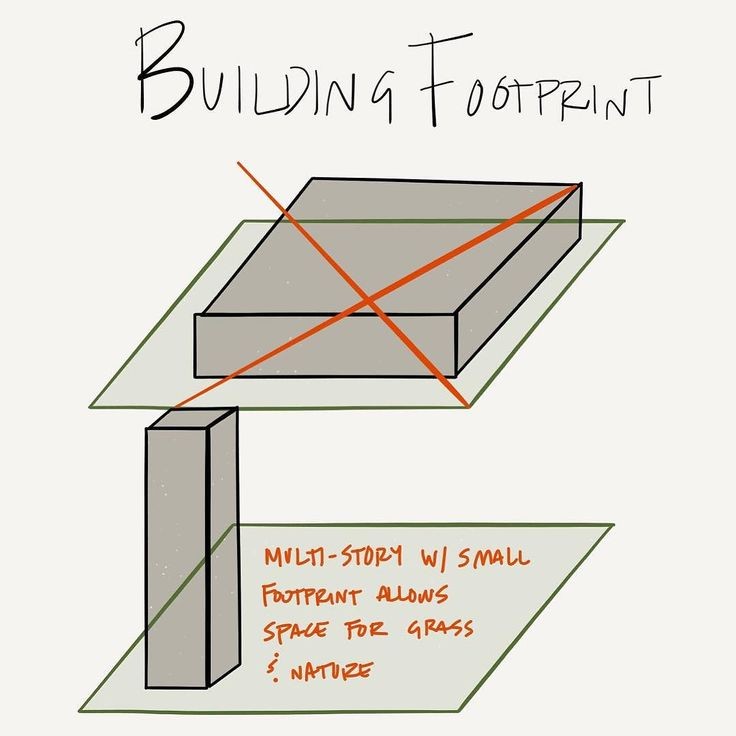
Decrease length and width of driveways
Assessing the length and width of driveways can reduce hard surfaces and also offer cost savings to the homeowner
Permeable pavement
Permeable pavement and driveways use material that allow water to seep through. They can soak up and retain rainwater and distribute it over a greater surface area within their permeable material. The water then gradually seeps deeper into the soil below.
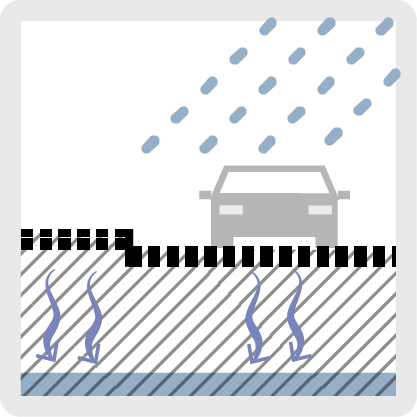
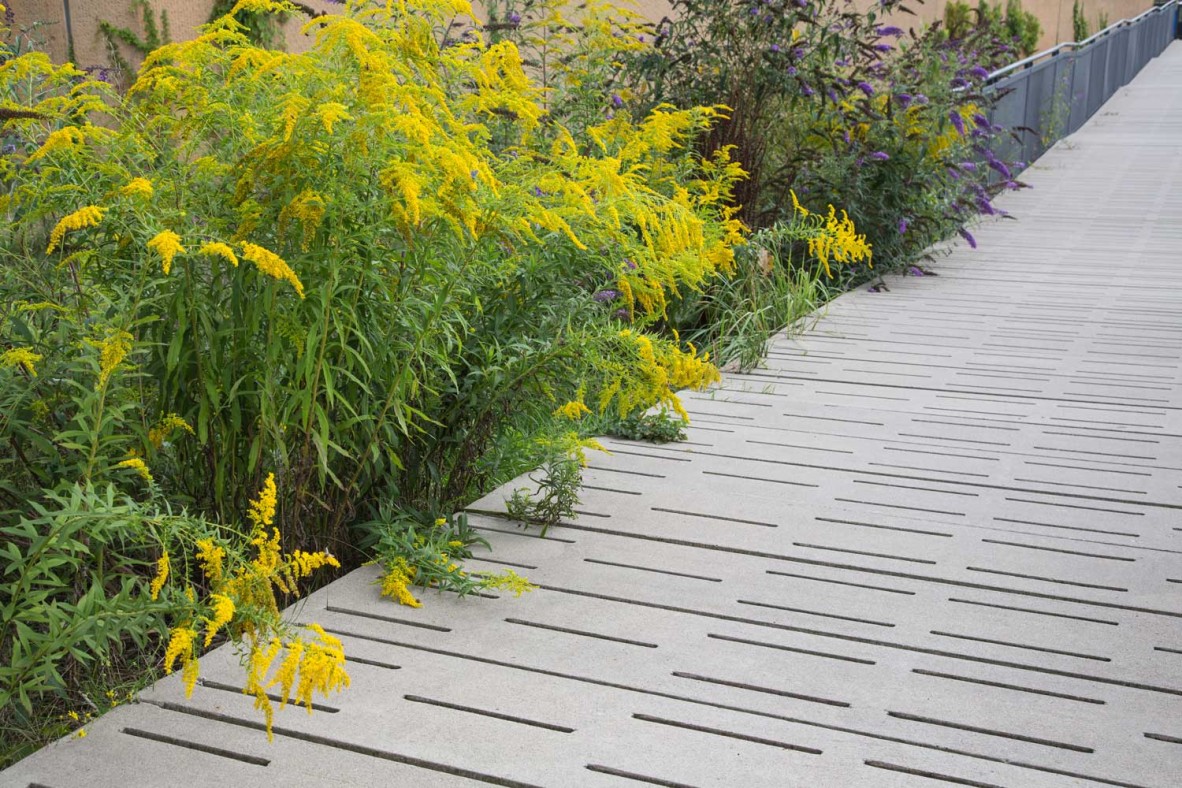
Permeable pavement
Open pavements and driveways
Open pavement or driveway consists of standard concrete blocks which have a large percentage of the surface area open. This open area allows for water to better penetrate the paving compared to traditional paving such as clay, concrete, or asphalt.
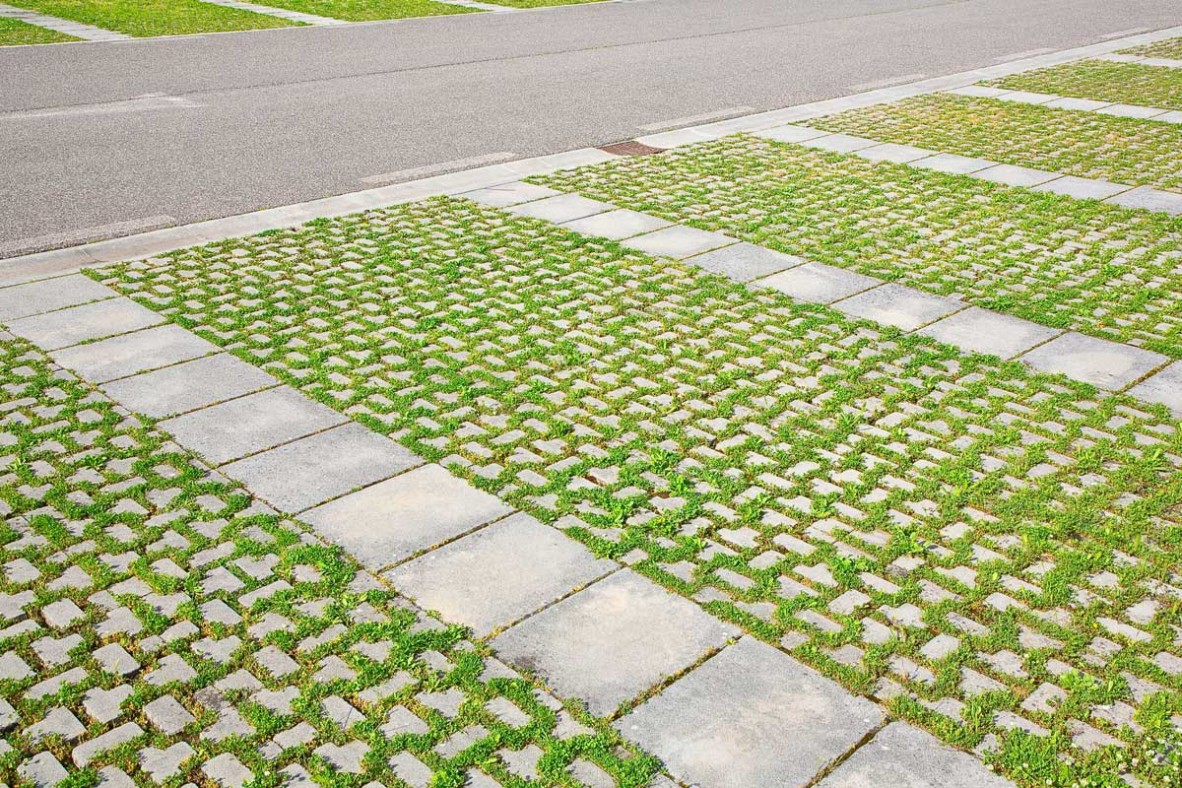
Open pavement
2. Increase infiltration
This strategy aims to create areas at the surface for water to infiltrate.
Infiltration trench
An infiltration trench is often adjacent to a garden and is filled with boulders, stones, or gravel. Rainwater flows into the trench directly from the garden or through a downspout, then passes through the stones and gradually sinks into the soil.
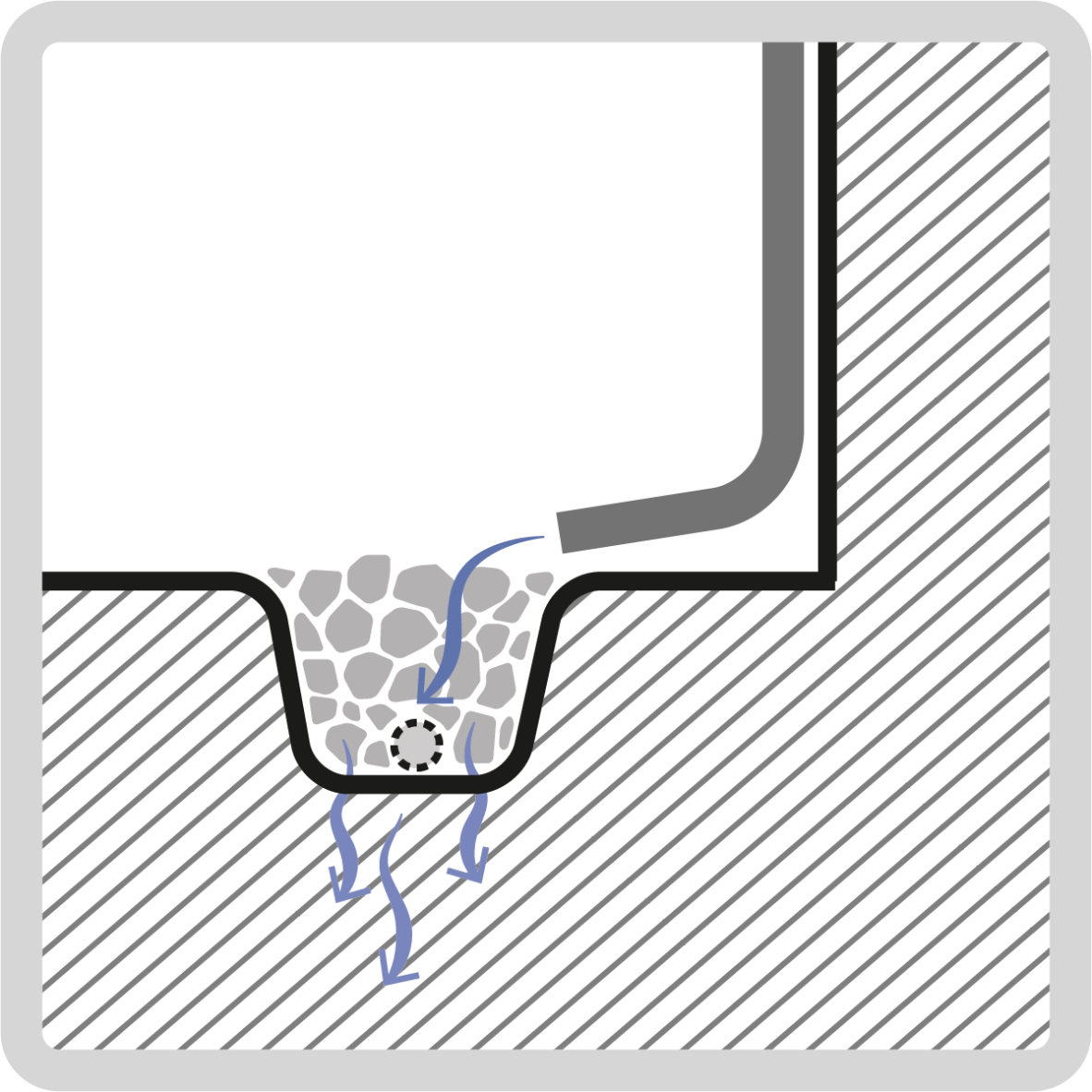
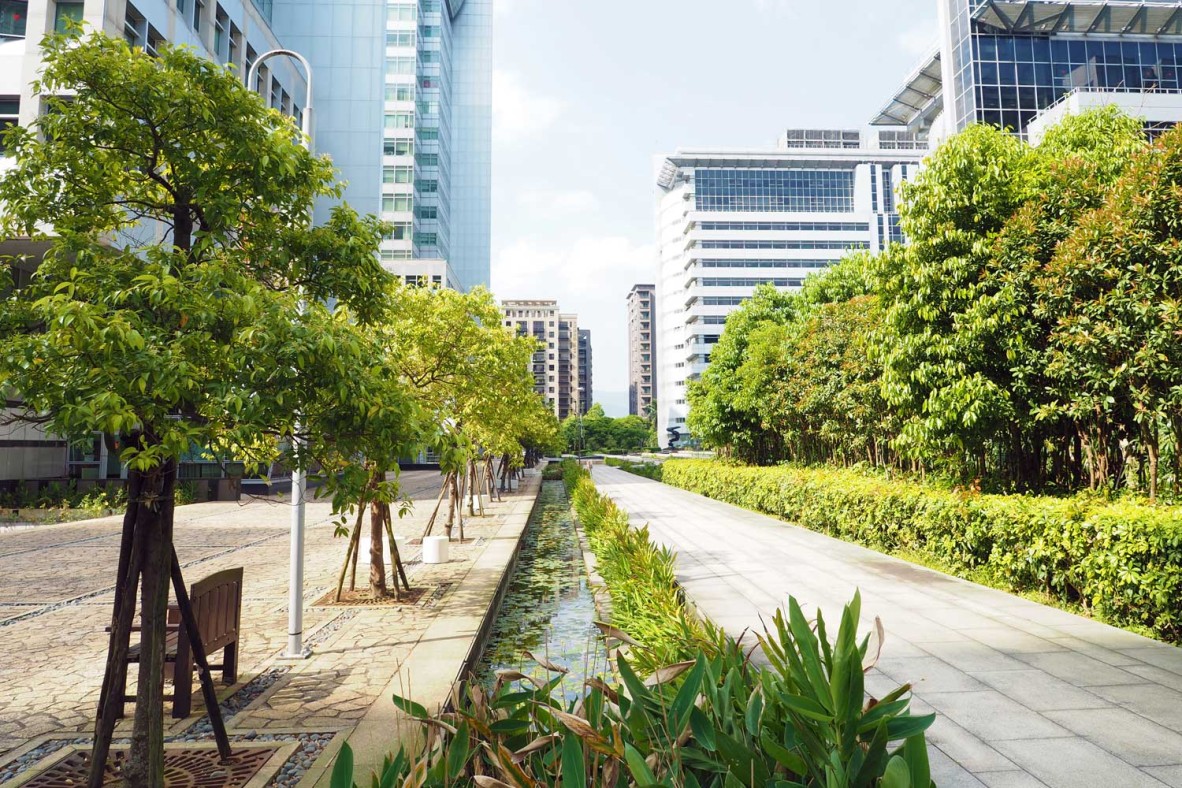
Infiltration trench
Infiltration box
Infiltration boxes retain water underground. Water from the surface is directed to these hollow boxes and stored there to gradually sink into the soil below impervious hard surfaces
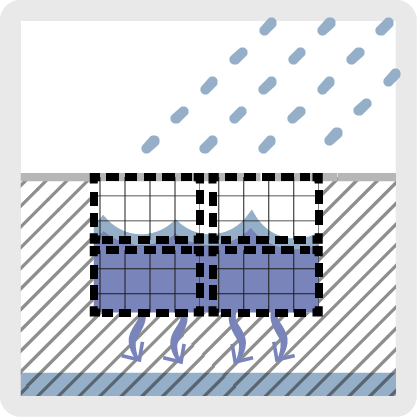
Infiltration well
An infiltration well is a tube with holes made of water-permeable material. They can be placed below downspouts and outdoor taps so that water can flow into the tube and then seep into the ground.
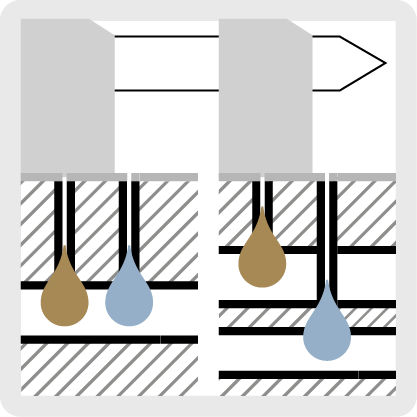
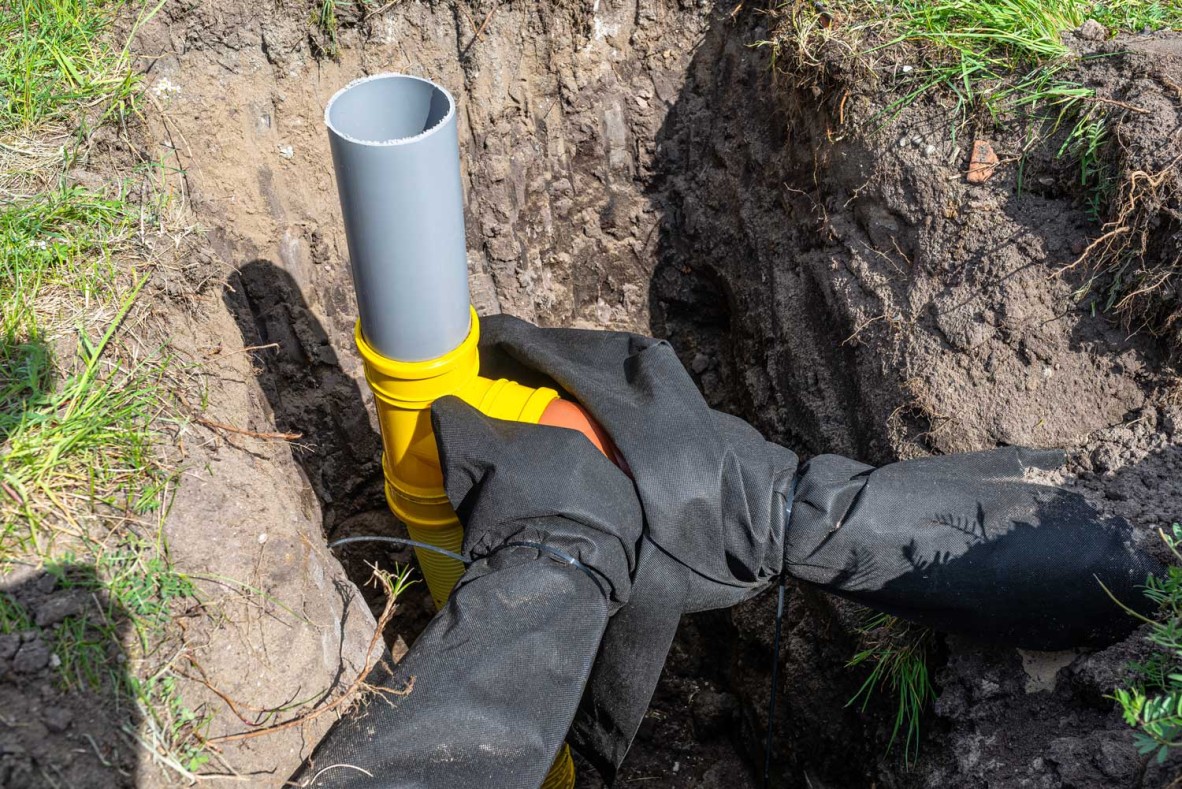
Infiltration well
Bioswale
Essentially a ditch with vegetation on it, a bioswale slows the movement of water and allows time for extra infiltration. It also helps with improving water quality, provides urban cooling, and enhances biodiversity.
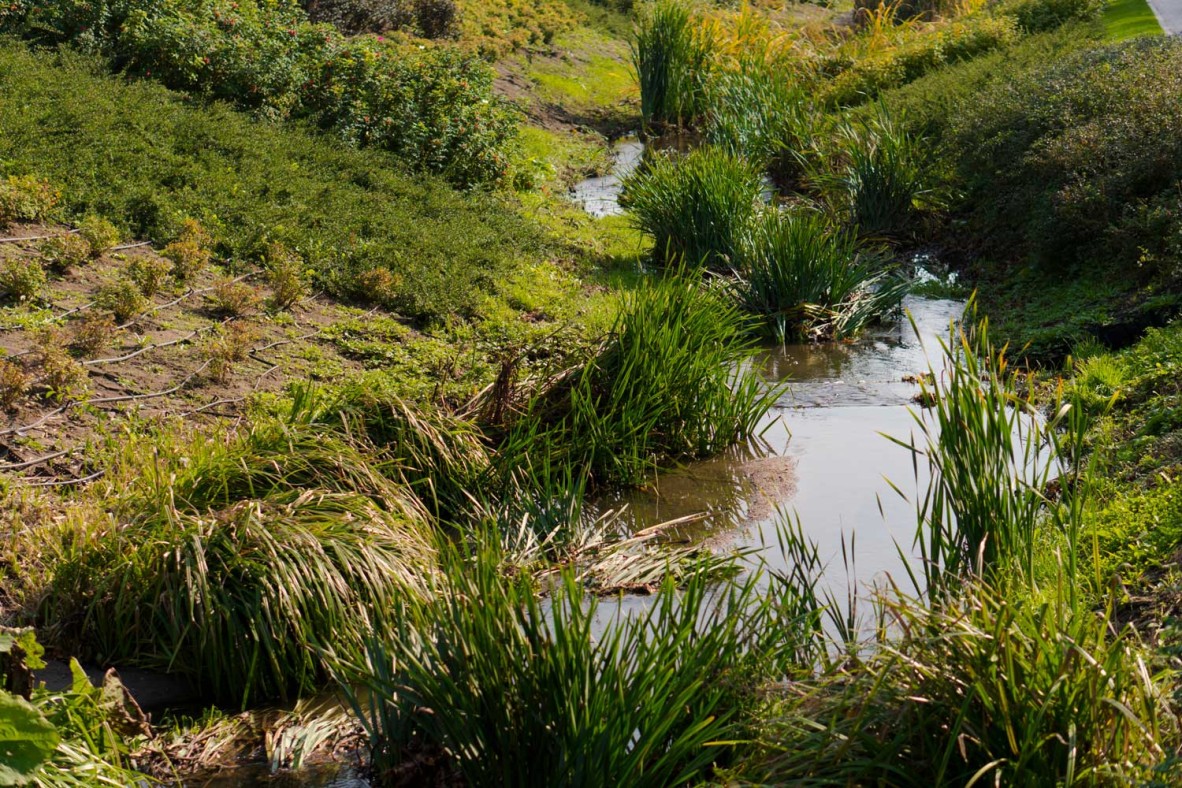
Bioswale
Perforated stormwater drainage pipe
This perforated horizontal pipe wrapped with geotextile or embedded in permeable material allows water to be drained into the ground while transporting stormwater downstream.
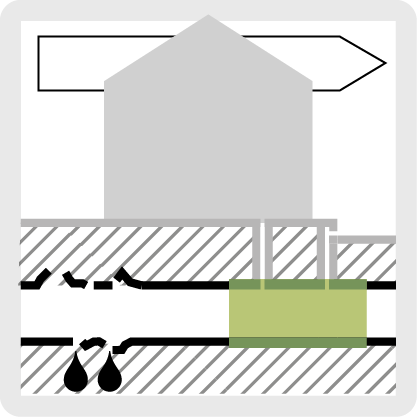
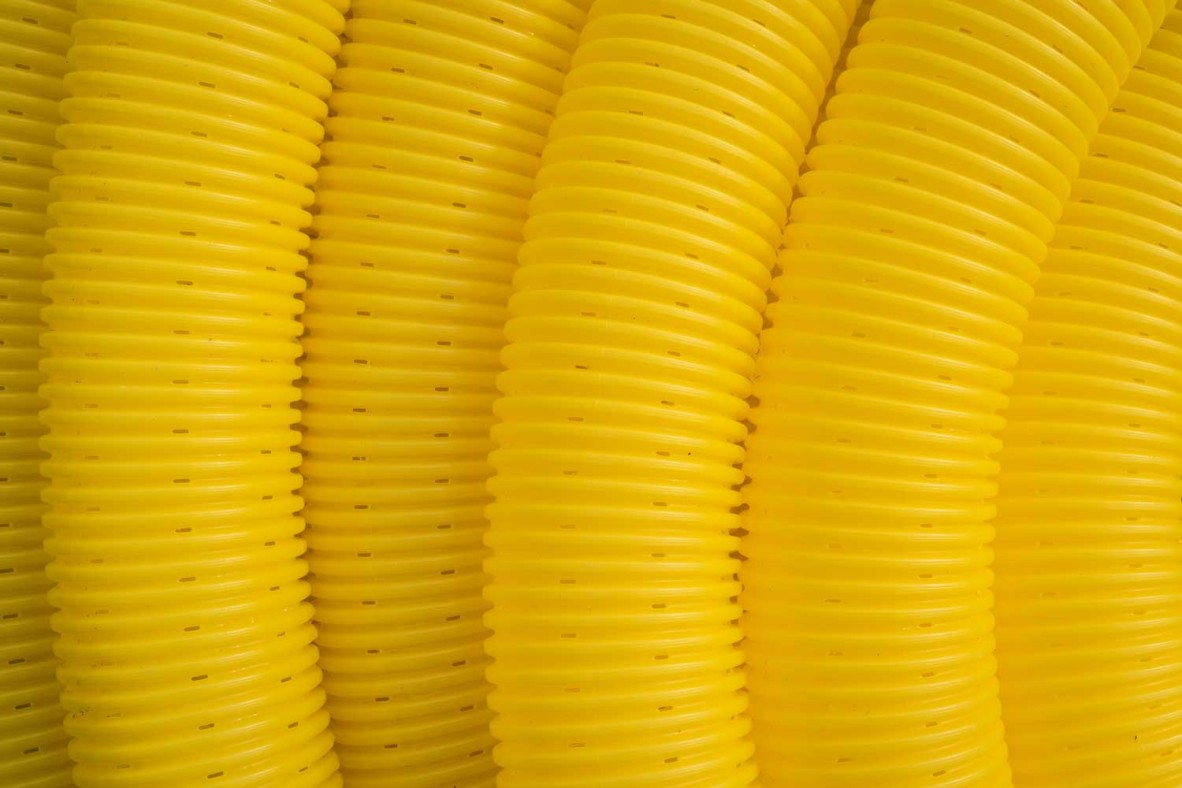
Perforated pipes
Bio retention or rain garden
A bio retention or rain garden is a low-laying area covered with selected vegetation species that stormwater runoff from other land covers are directed to it. Vegetation uses the water for nutrients and improves the water quality. A proportion of water is infiltrated and removed by plants, reducing flooding.
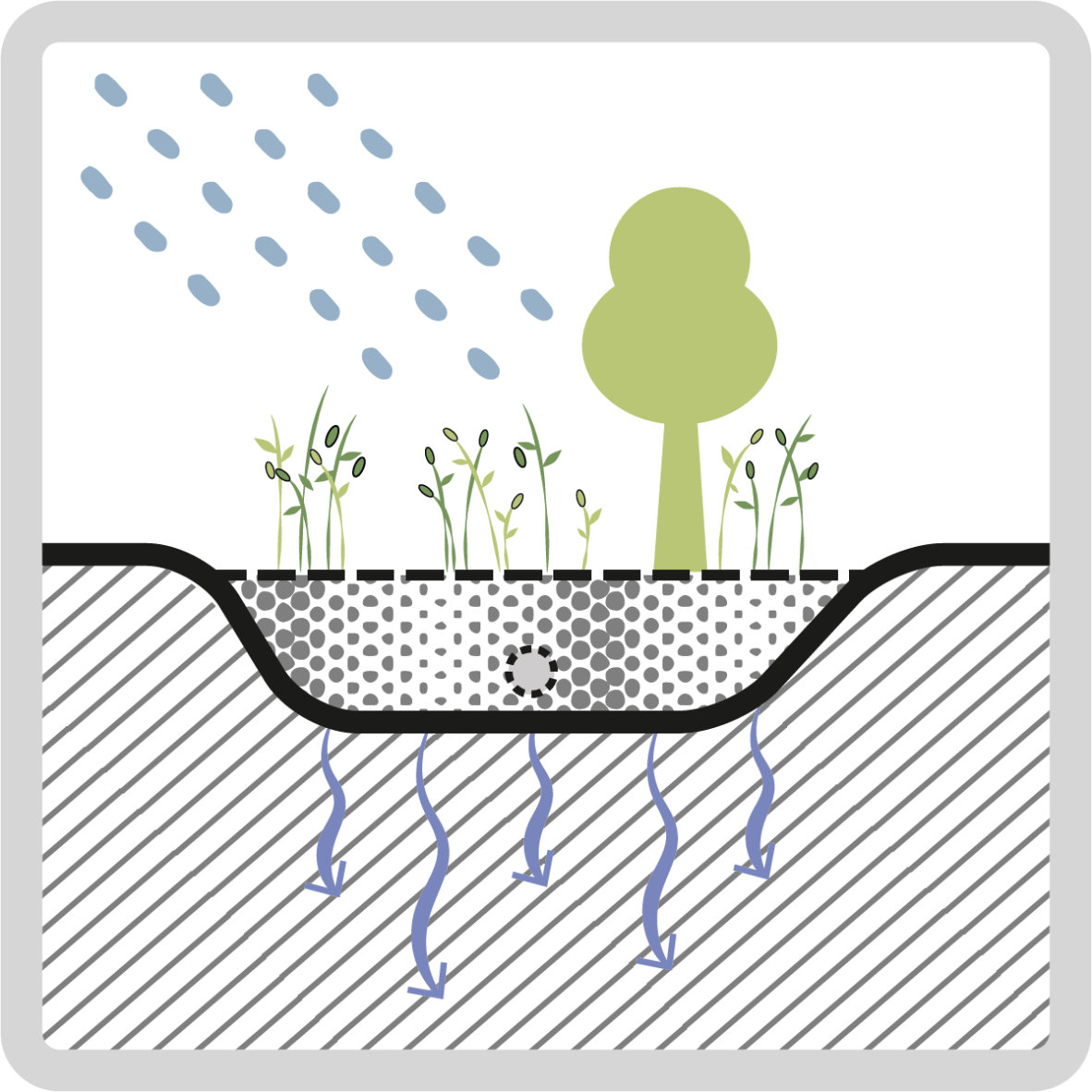
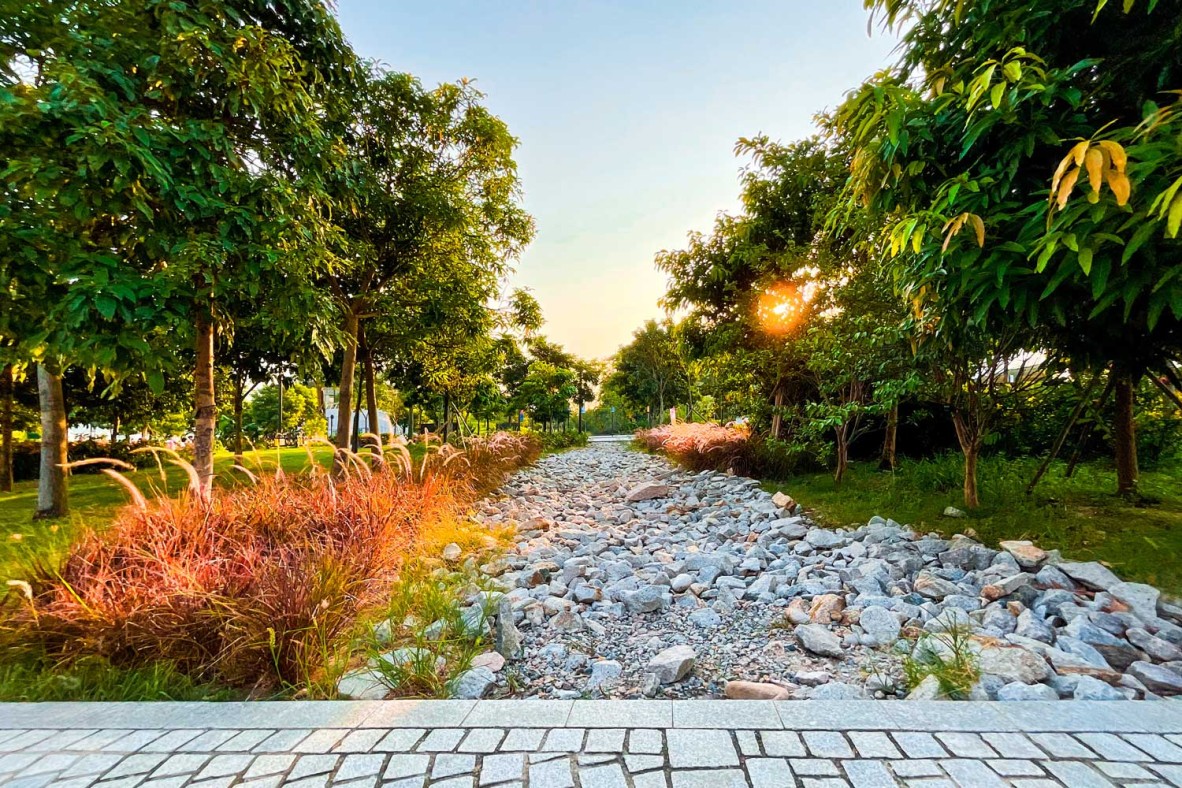
Rain garden
Tree pit
A tree pit is a structure that supports the weight of pavement to create a void space underneath for lightly compacted high-quality media to aid in urban tree growth and health. They offer aesthetic values as well as on-site stormwater detention, improved water quality, and groundwater infiltration.
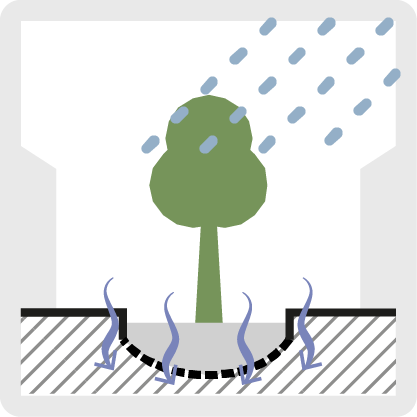
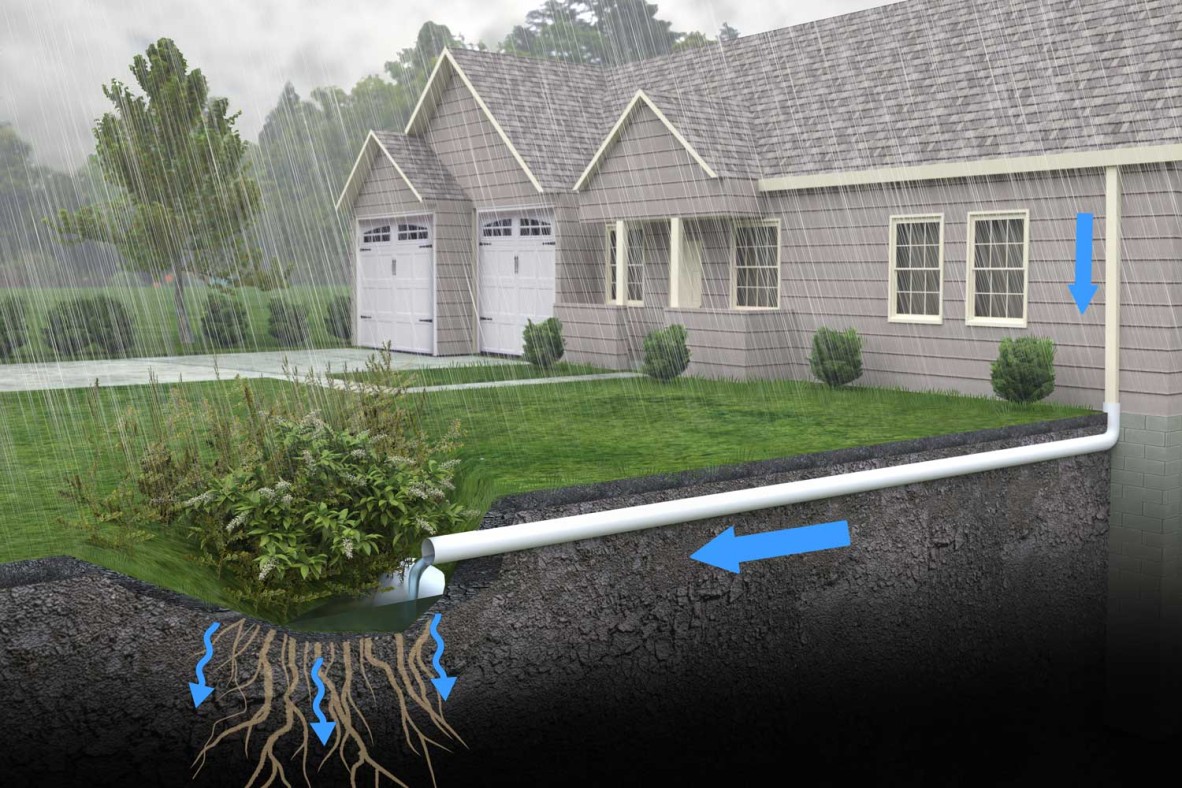
Tree pit
Deep groundwater infiltration
Often seen as a deep well, deep groundwater infiltration is focused on infiltration of water in a deep layer of soil below the ground.
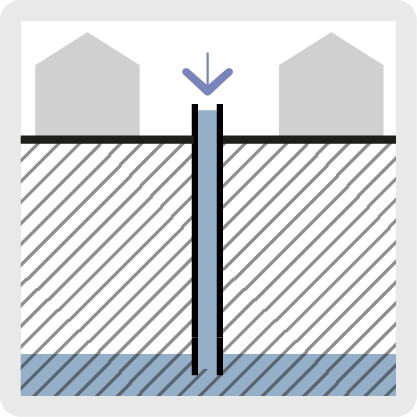
3. Detaining and slowing water
Detaining and slowing the flow of water close to the location where it fell as rain is a major strategy to prevent flooding. Creating safe water flow pathways and storage for detaining water is the key
Green roof
Simply a roof with a layer of soil and plant, a green roof retains water in the layer of soil and absorbs water through root systems. Excess water is poured down to a storage system or an urban drainage system. It can also act as an added layer of insulation, assisting with temperature regulation of the house.

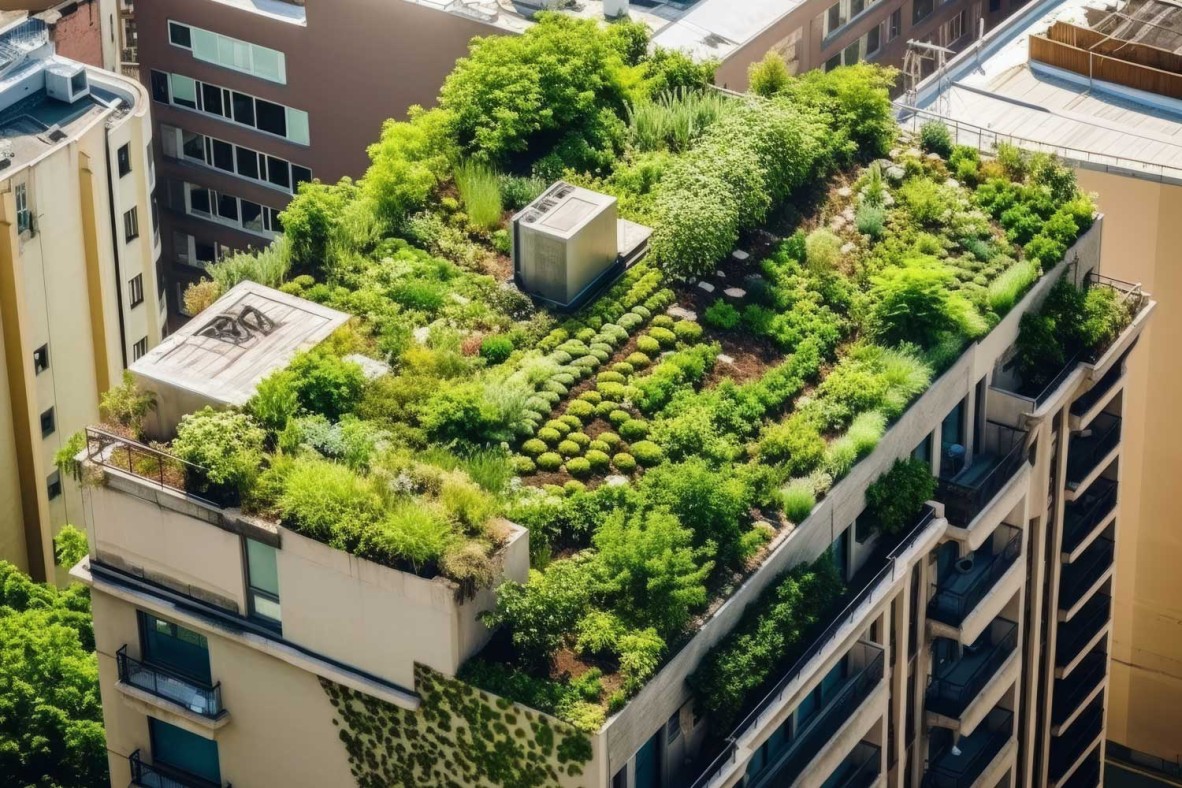
Green roof
Water roof
Flat roofs can be designed to buffer a degree of rainfall by situating the overflow at a slightly higher level through a water roof. This needs to be considered during construction as the roof incurs a greater load due to the weight of the water. After capture, rainwater is drained off at a delayed pace using narrower downspouts and only remains for a short period on the roof to create sufficient storage capacity in time for the next rainfall.
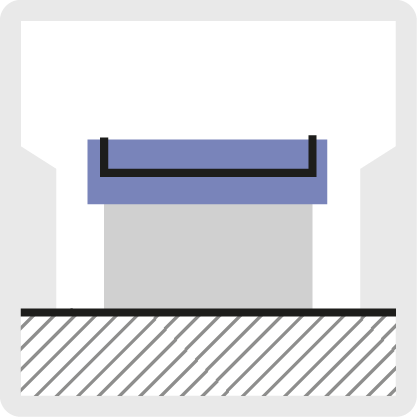
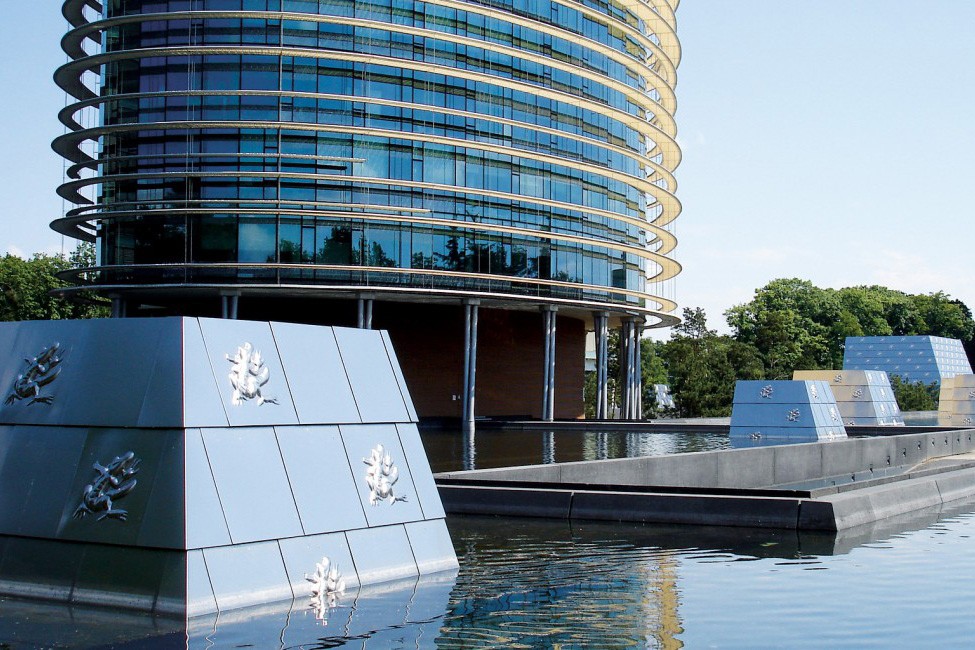
Water roof
Cascading flows
Cascading flows aims to decrease the speed of water on the surface as it moves downstream by reducing the slope and increasing the length of its flow path. This could also be used as passive irrigation of green spaces to reduce water demand for irrigation.
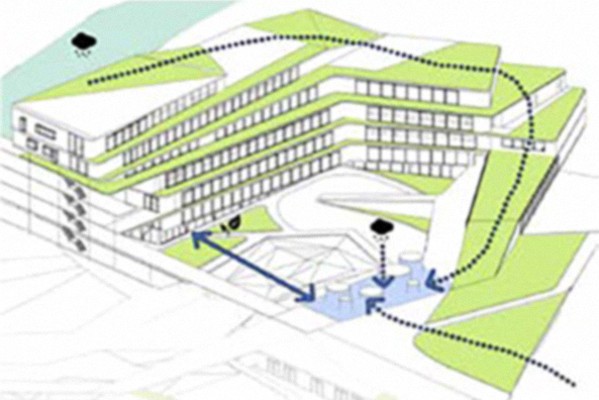
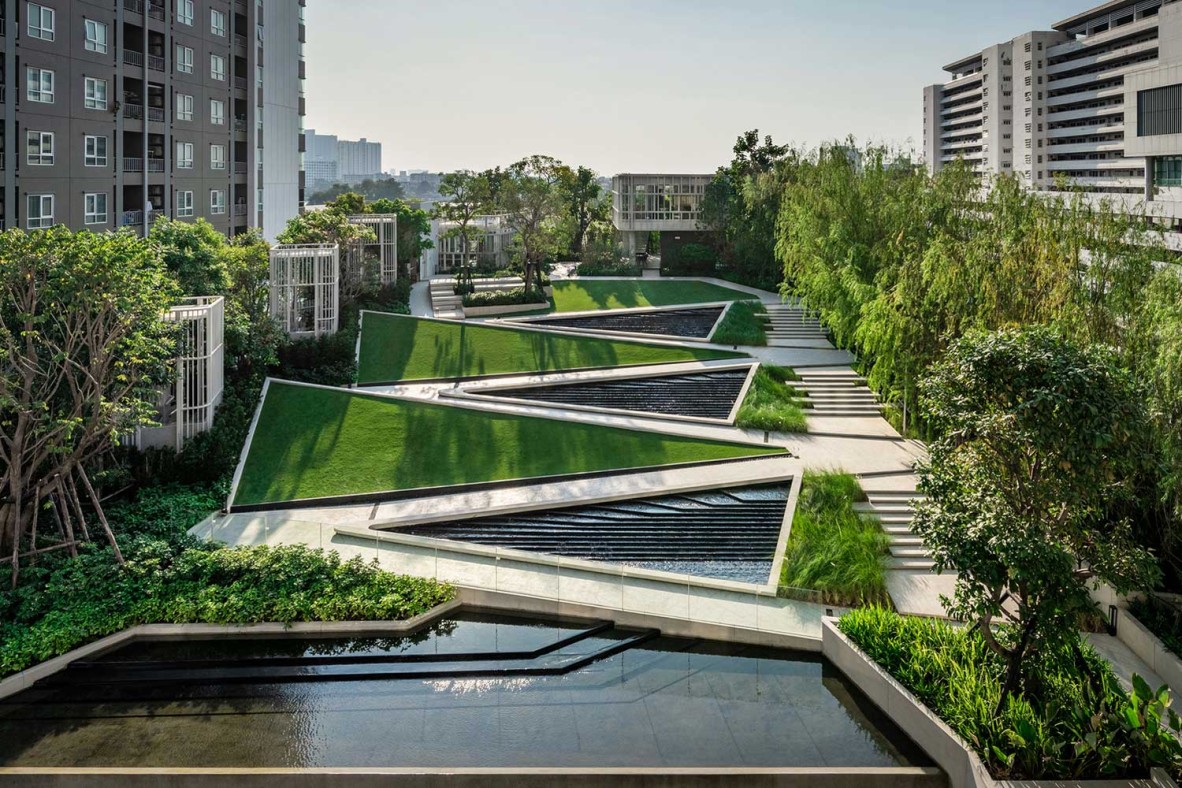
Cascading water flows
Ponds
Ponds can temporarily store rainwater to reduce the chance of flooding. They also provide cooling effects to surrounding areas.
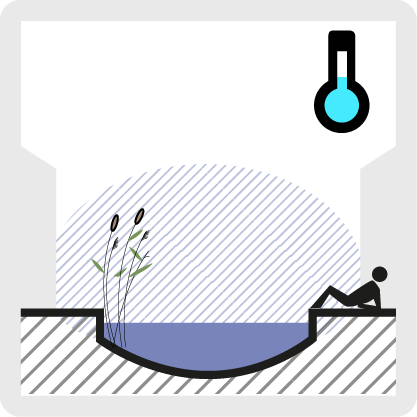
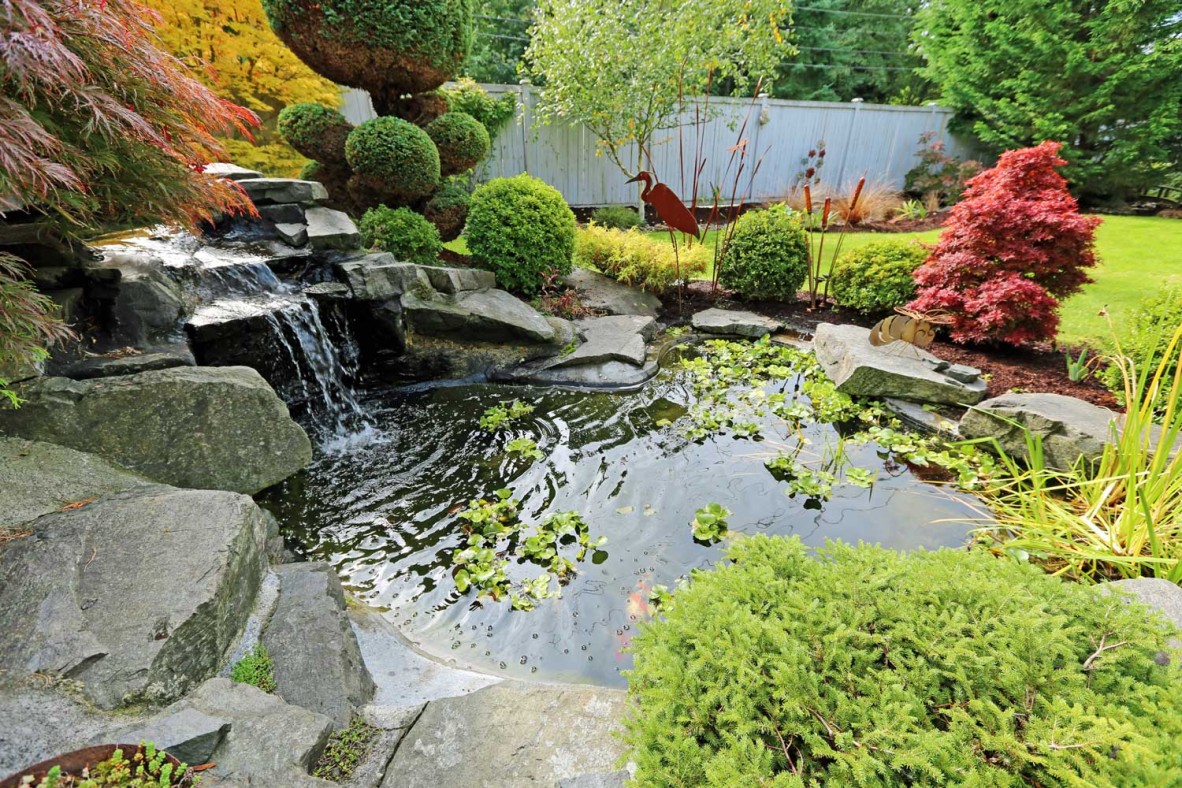
Pond
Hallow road
Hollow pathways store water on the road (to a small acceptable level) instead of directing it immediately to side gutters.
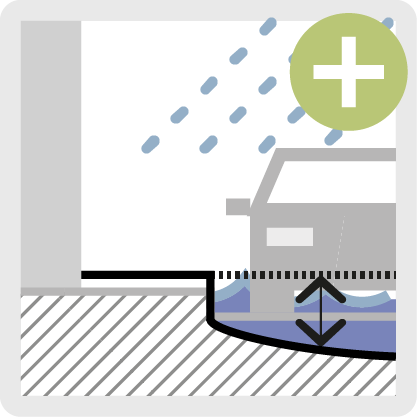
Wetlands
Wetlands are areas saturated by water either permanently (for years or decades) or seasonally (for weeks or months), and are covered by specific plants that thrive in a wet environment. These low-laying areas provide storage for stormwater runoff, treat water, support biodiversity, and cool the surrounding environment.
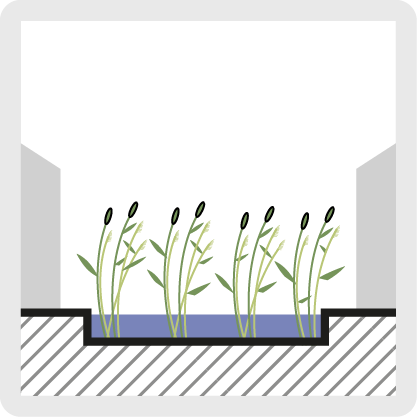
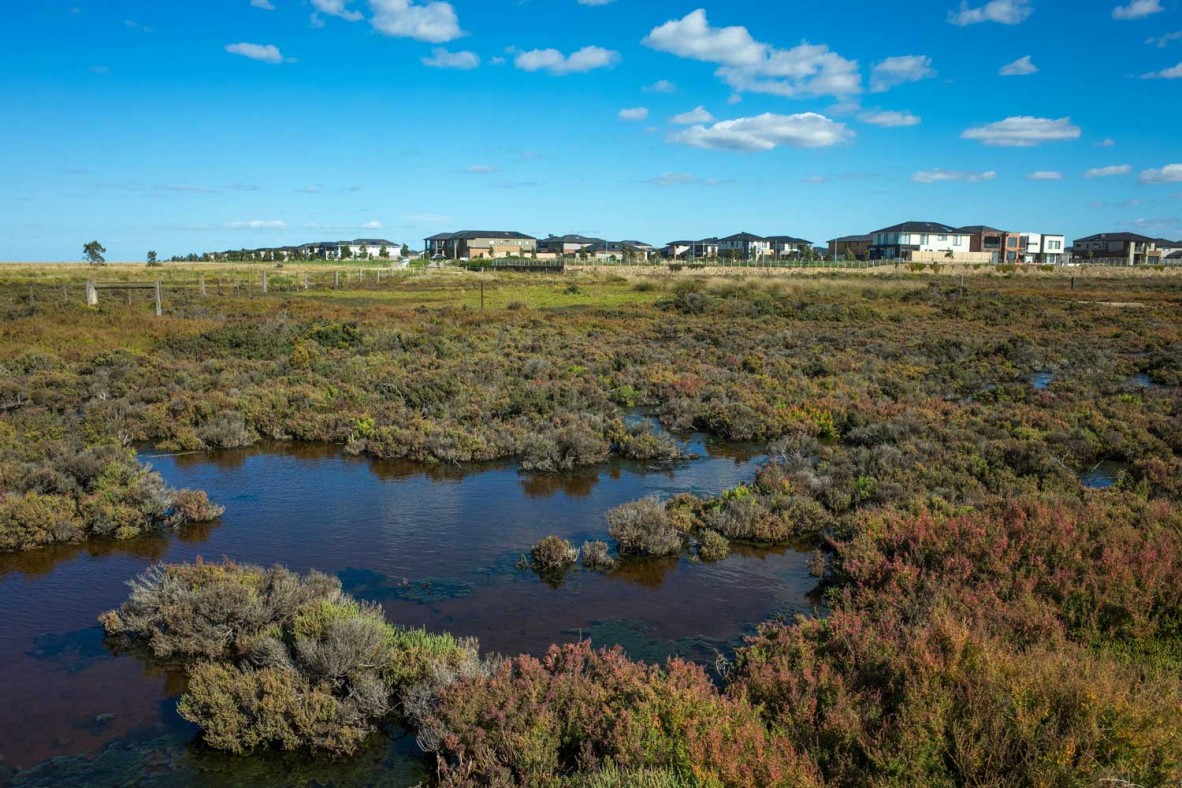
Wetlands
Water square
Water squares are multifunctional public spaces that have a societal function (such as playing areas, green spaces, etc) during the dry weather, but are designed to fill up during rainstorms. They are generally used in inner-city areas where there is limited space for water buffers, significant subsurface infrastructure exists, groundwater levels are high, and infiltration is impossible.
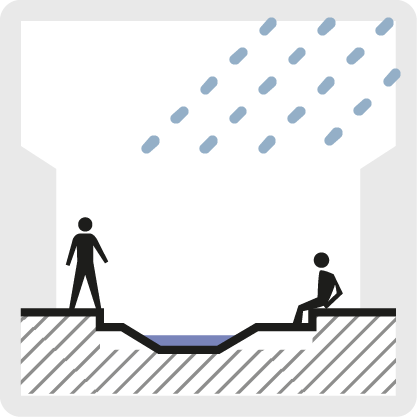
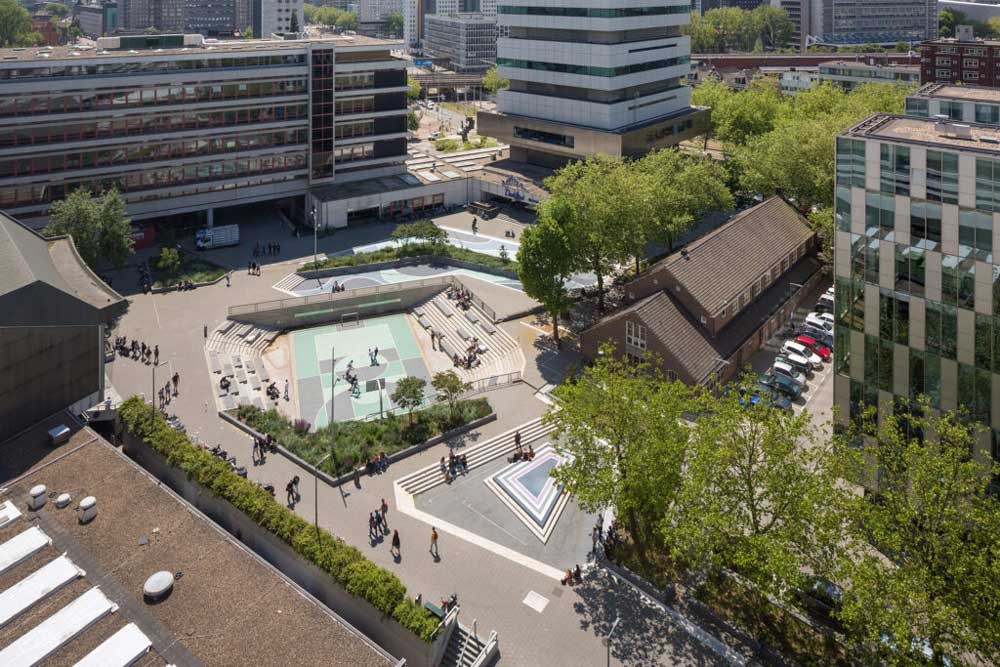
Water square
Extra surface water allowances
This strategy recognises that large volumes of flood water require space, and therefore allows for water level fluctuations and extra storage areas during peak flows. The advantage of this strategy is that the storage is smaller, yet water level fluctuations are reduced which is beneficial for flora along the banks of natural waterways.
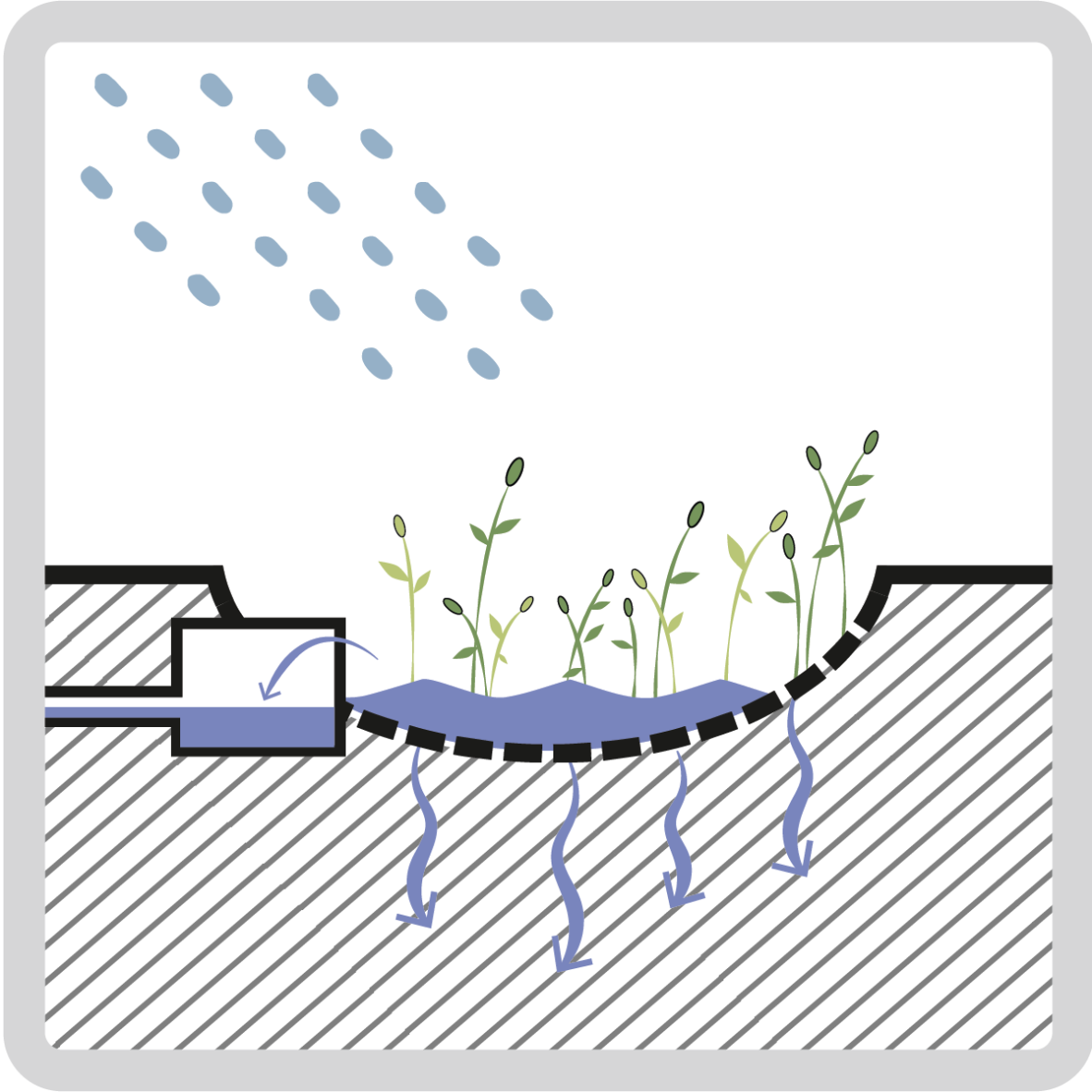
4. Local harvest and use of water
The term ‘water harvesting’ generally refers to the collection of rainstorm-generated runoff from a particular area (a catchment) in order to provide water for human, animal, or crop use. The collected water can be utilised immediately such as for irrigation, or can be stored in aboveground ponds or in subsurface reservoirs for later use.
Cistern
A cistern is a large underground barrel that holds water to be used on-site for non-potable purposes. Cisterns can be designed without a bottom, allowing water to also infiltrate into soil below.
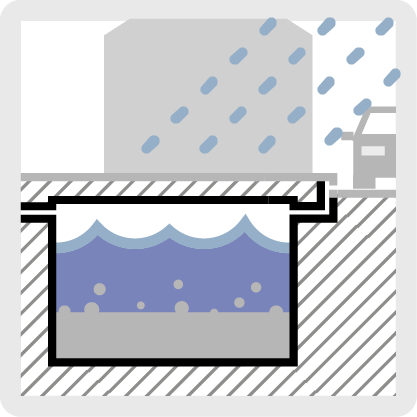
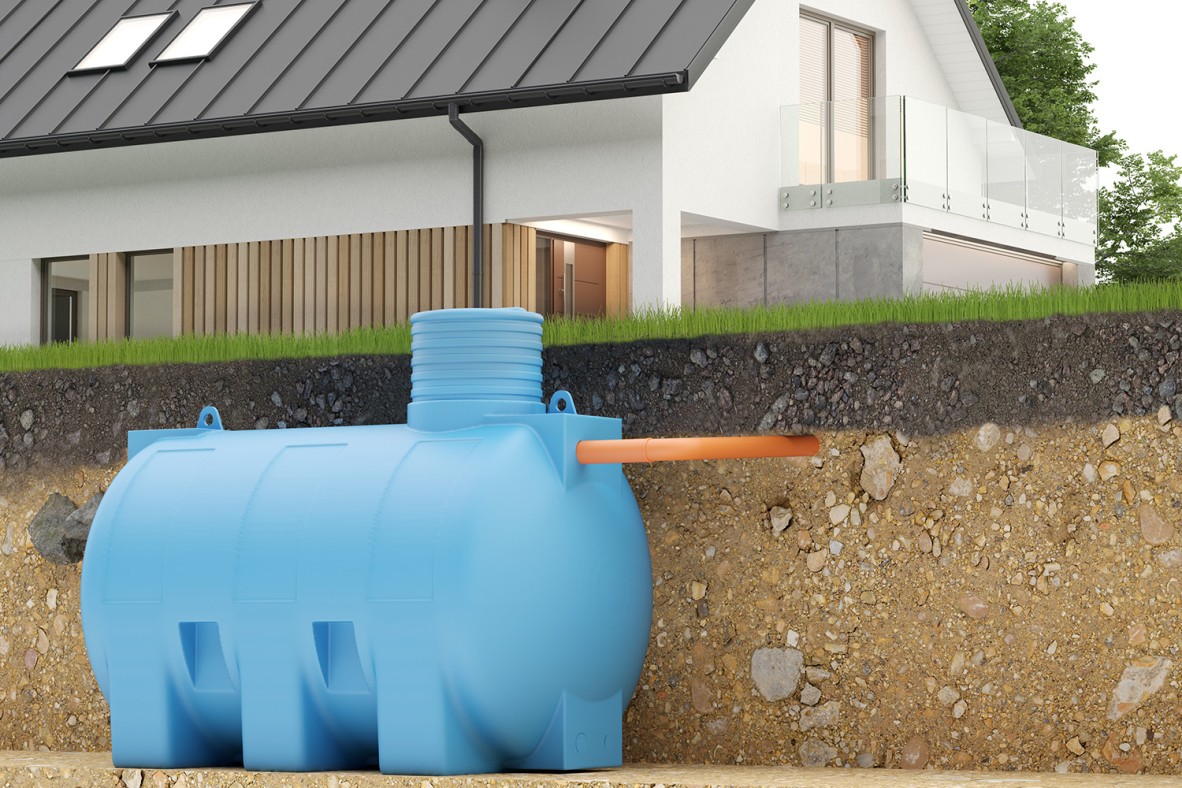
Cistern
Rainwater tank
Rainwater tanks collect water from the roof through gutters and downspouts. The harvested water can be used on-site for variety of purposes such as irrigation and toilet flushing.
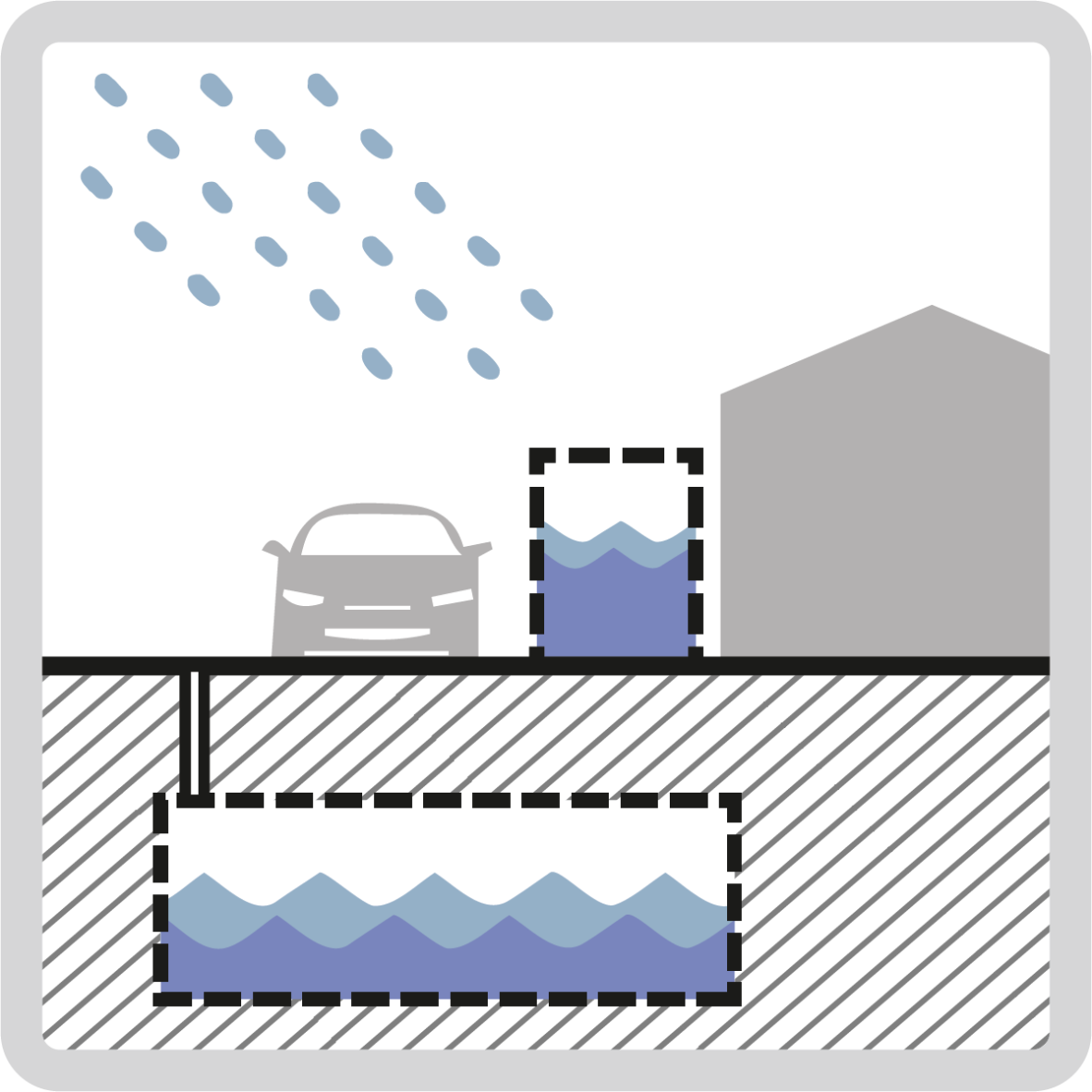
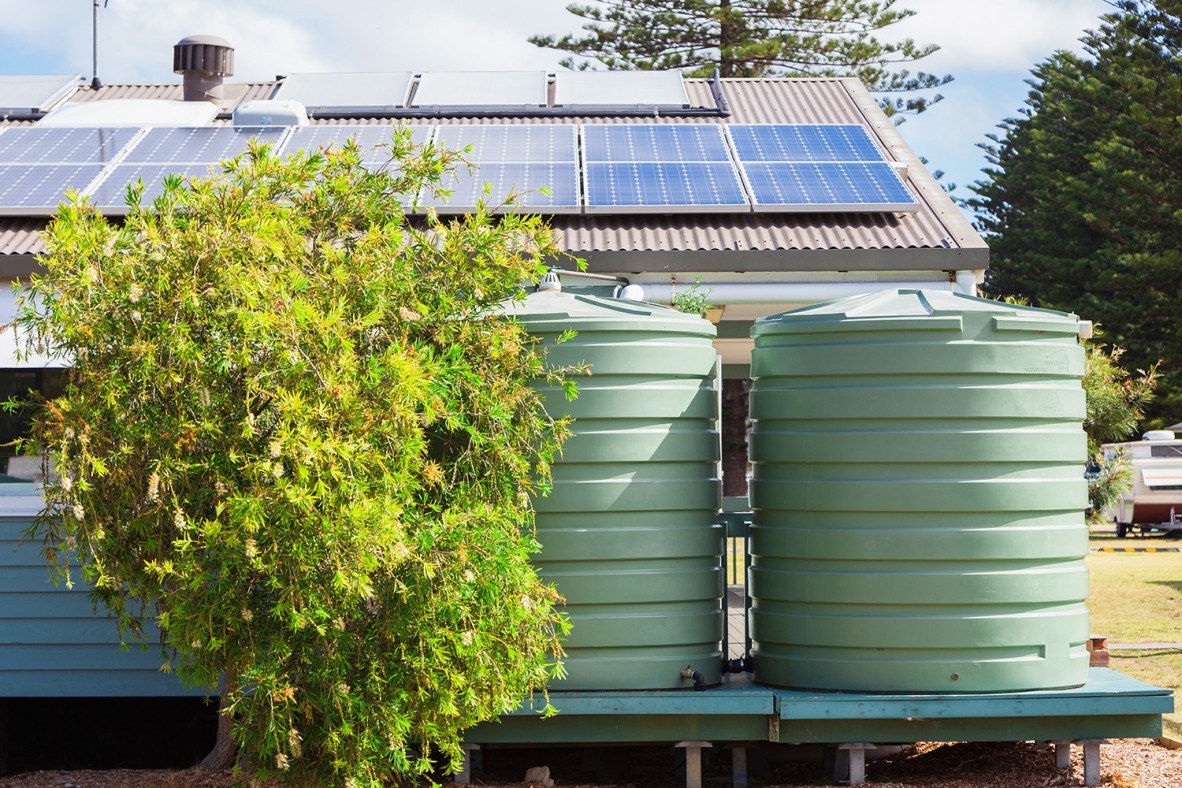
Rainwater tank
Water fence
Working in the same way as rainwater tank, a water fence collects water through a series of plastic elements stacked on top or beside each other. It could also be used as solar hot water systems if the area receives significant sun.
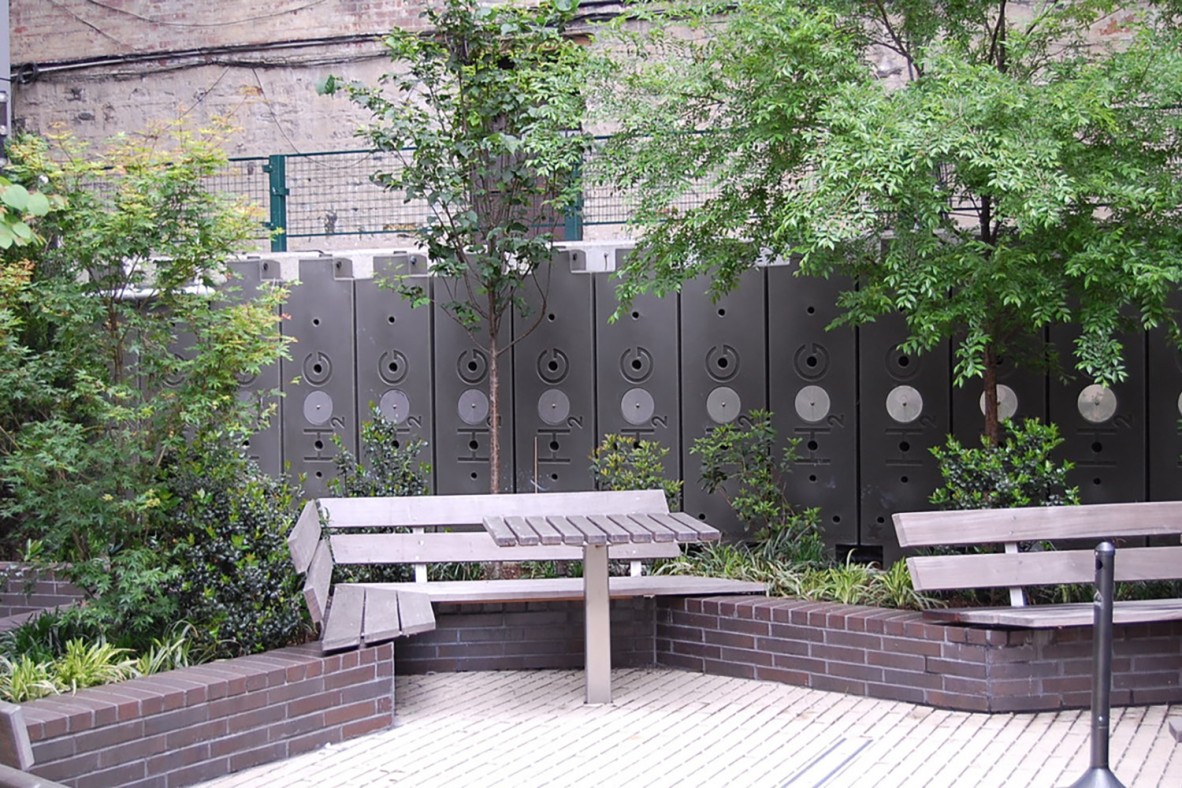
Water fence
Water bag
This large waterproof bag can be placed in the crawl space of the house. Water from downspouts can be stored there and used for outdoor uses or flushing toilets.
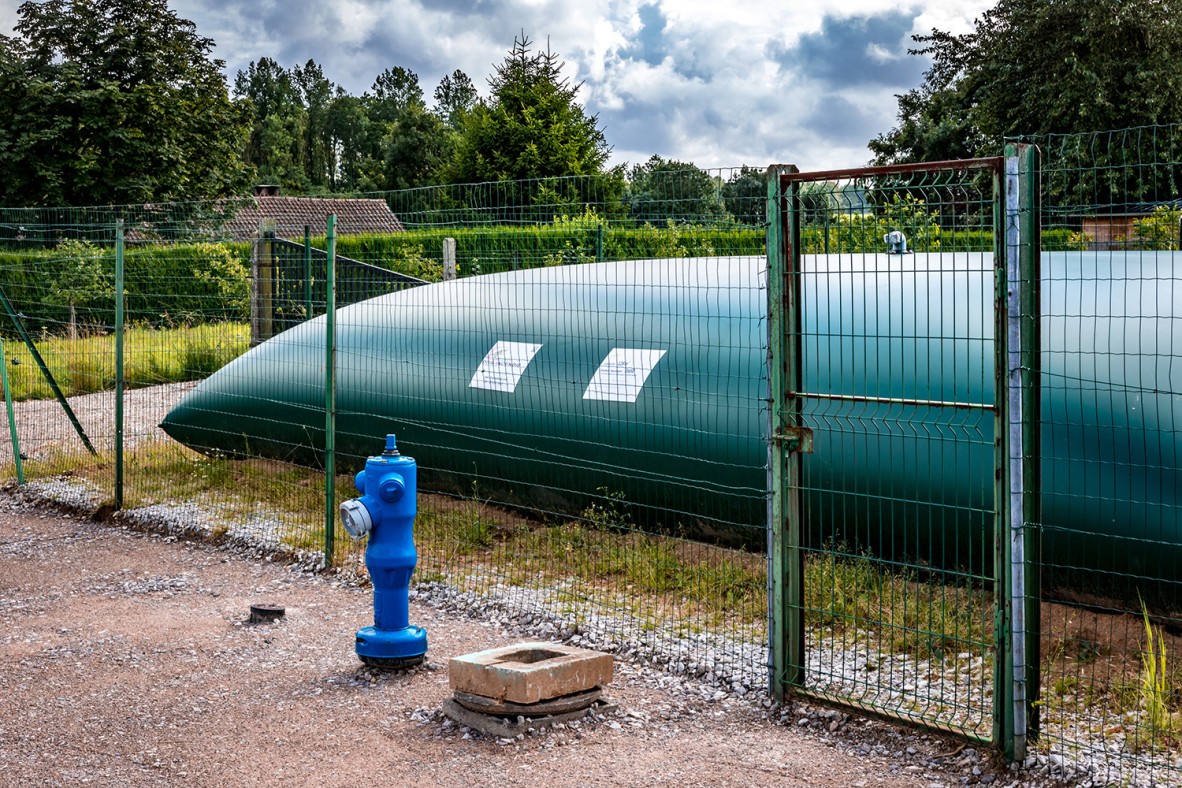
Water bag
5. Add blue-green elements
Adding blue-green elements in the urban landscape has multiple benefits: it reduces runoff quantity and pollution, recharges groundwater, improves air quality, reduces urban heat island effects, and enhances urban biodiversity, all leading to improved liveability outcomes
Urban forests
Urban forests have many functions. Besides providing recreational space and contributing to a reduction in heat stress, they can create islands of relatively clean air in a city and improve the biodiversity. In addition, they contribute to flood reduction and desalinisation by infiltrating rainwater.
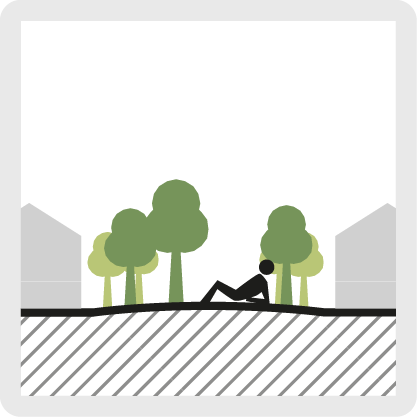
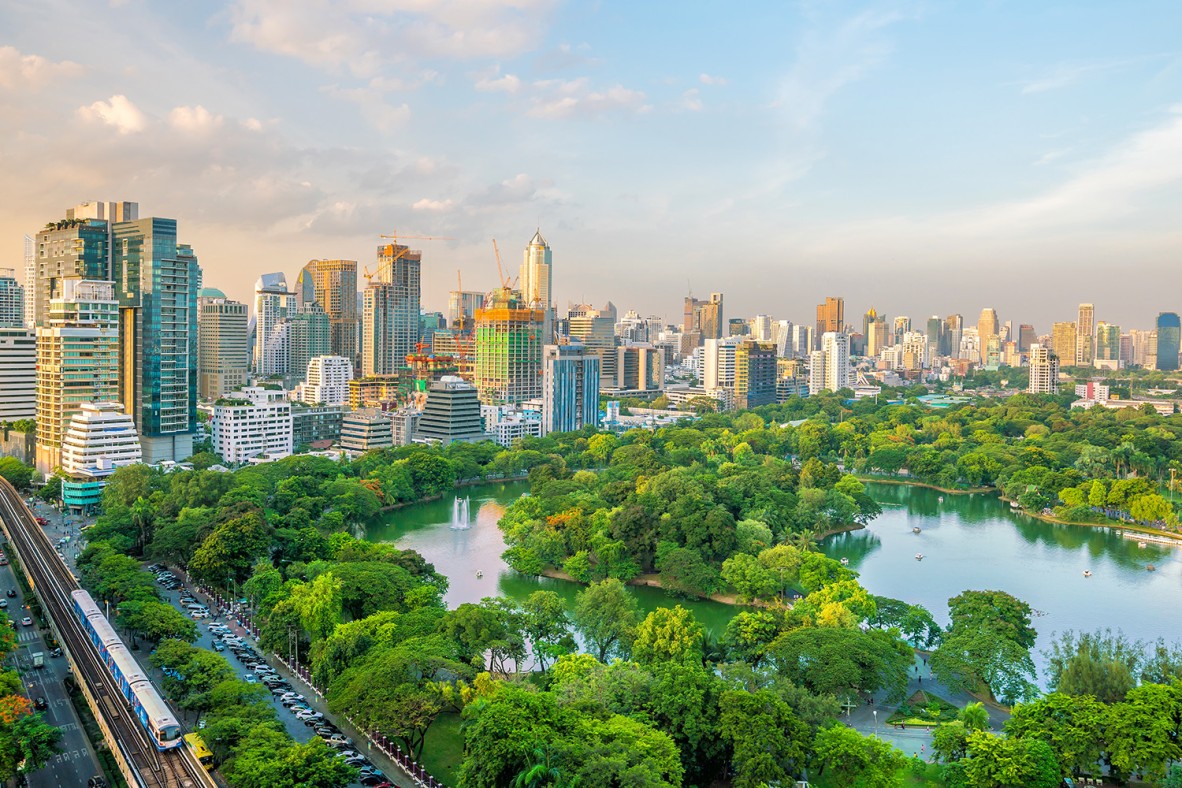
Urban forest
Streetscape trees
Adding trees to streetscapes (streets, squares and car parks) creates shade and aids evapotranspiration which has a cooling effect. For the greatest impact, trees should be chosen to suit the local moisture system.
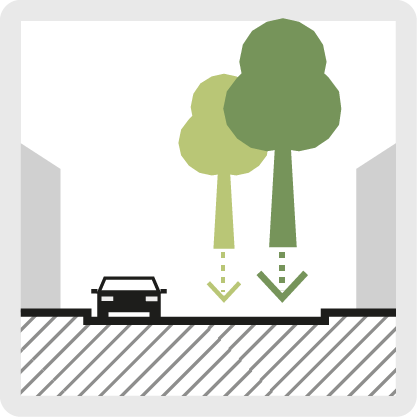
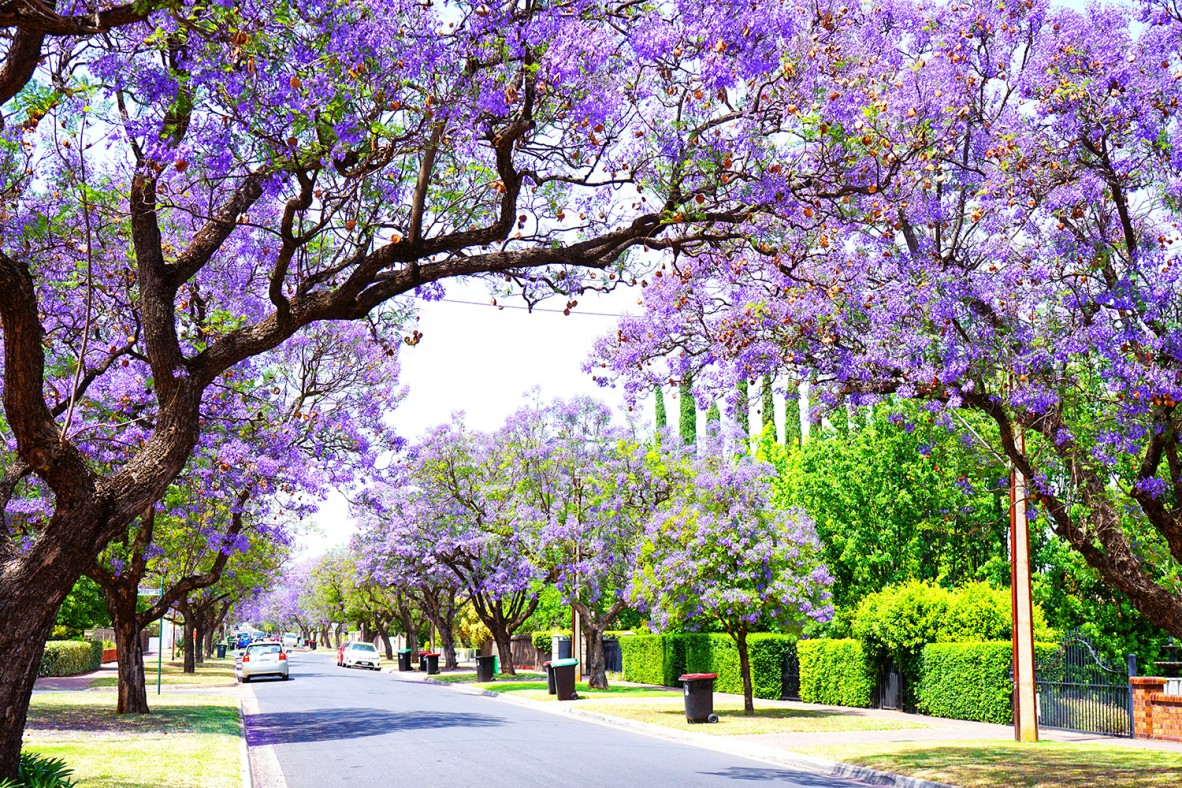
Streetscape trees
Green facades
Green facades generate less heat, and the plants also cause evaporation which helps to create a cooler local climate. An advantage of green facades is that they take up very little space in intensively used urban areas, while providing many vertical metres of green. They can be also used to treat water collected on-site.
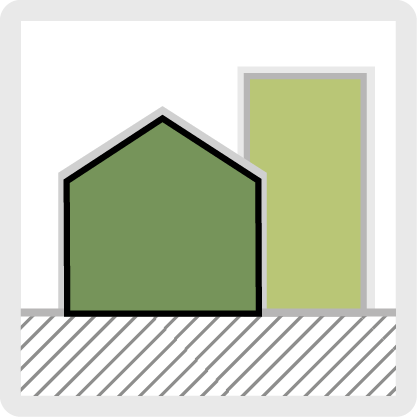
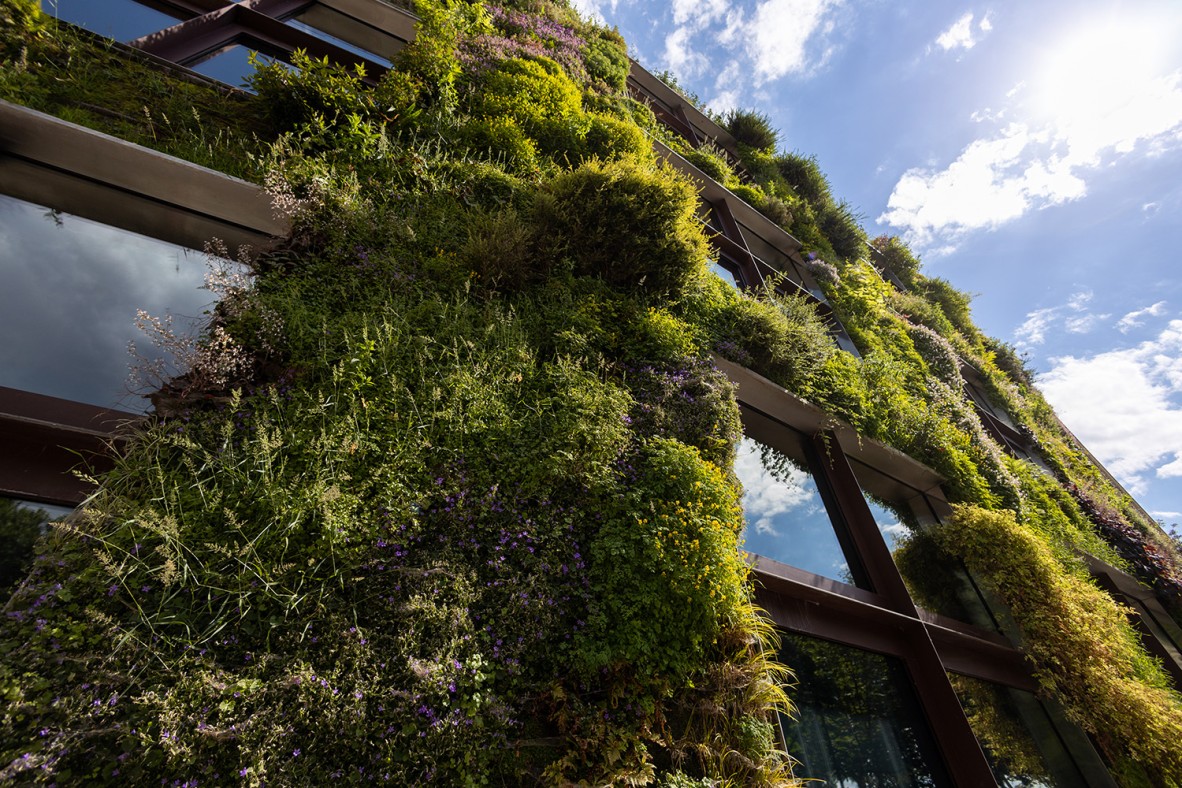
Green facade
Water facades, waterfalls, and fountains
Standing water surfaces evaporate less than green surfaces, so sprinkling water on surfaces and moving water with fountain, waterfalls and water walls serves to increase evaporation and therefore more effectively aid in lowering temperature. Surface water and rainwater can be used for this purpose so that the stormwater discharge from urban areas is reduced.
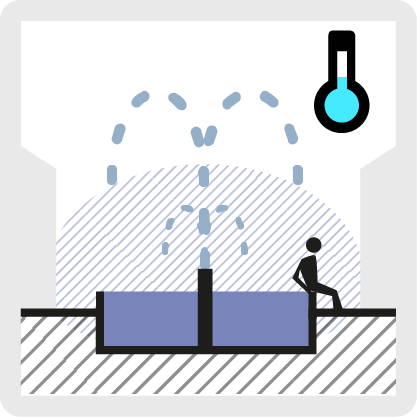
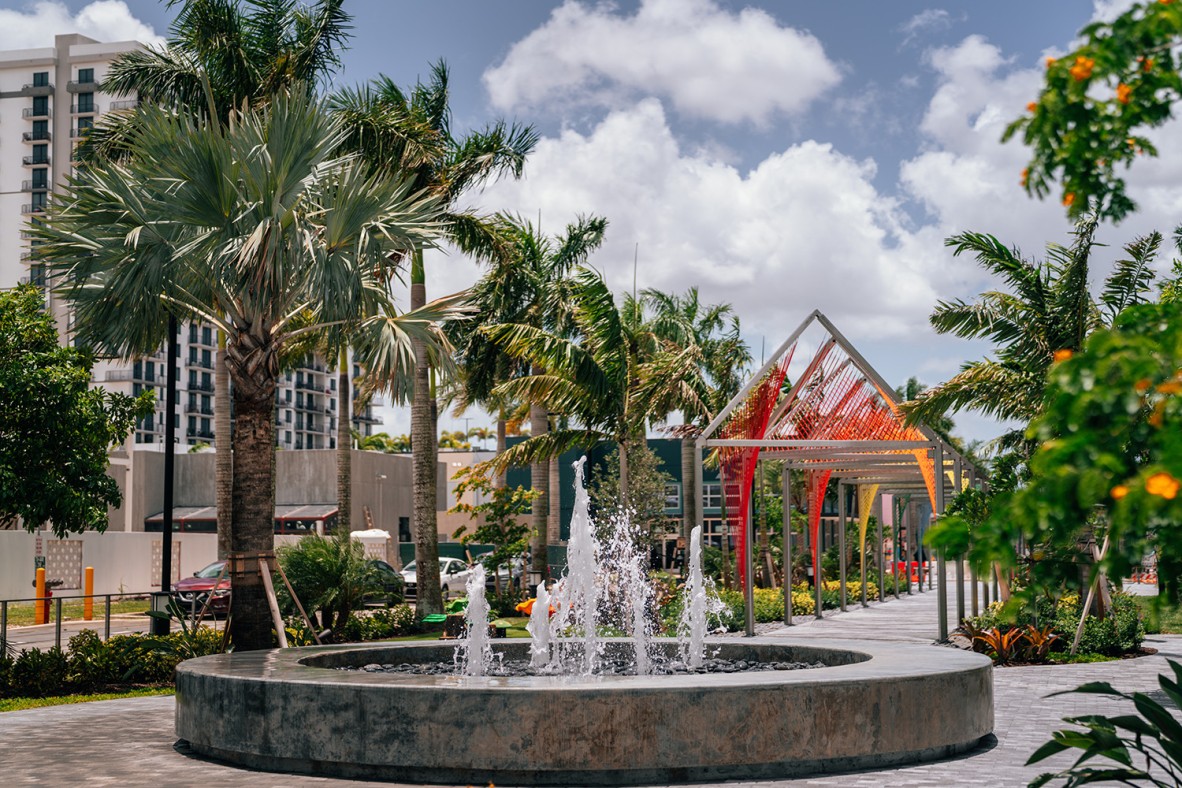
Moving water installation
Drought-resistant planting
Drought-resistant plant species are adapted to survive in environments with limited water resources. Incorporating these species into landscaping can help conserve water resources, reduce the need for irrigation, and support sustainable land use practices in regions prone to drought.
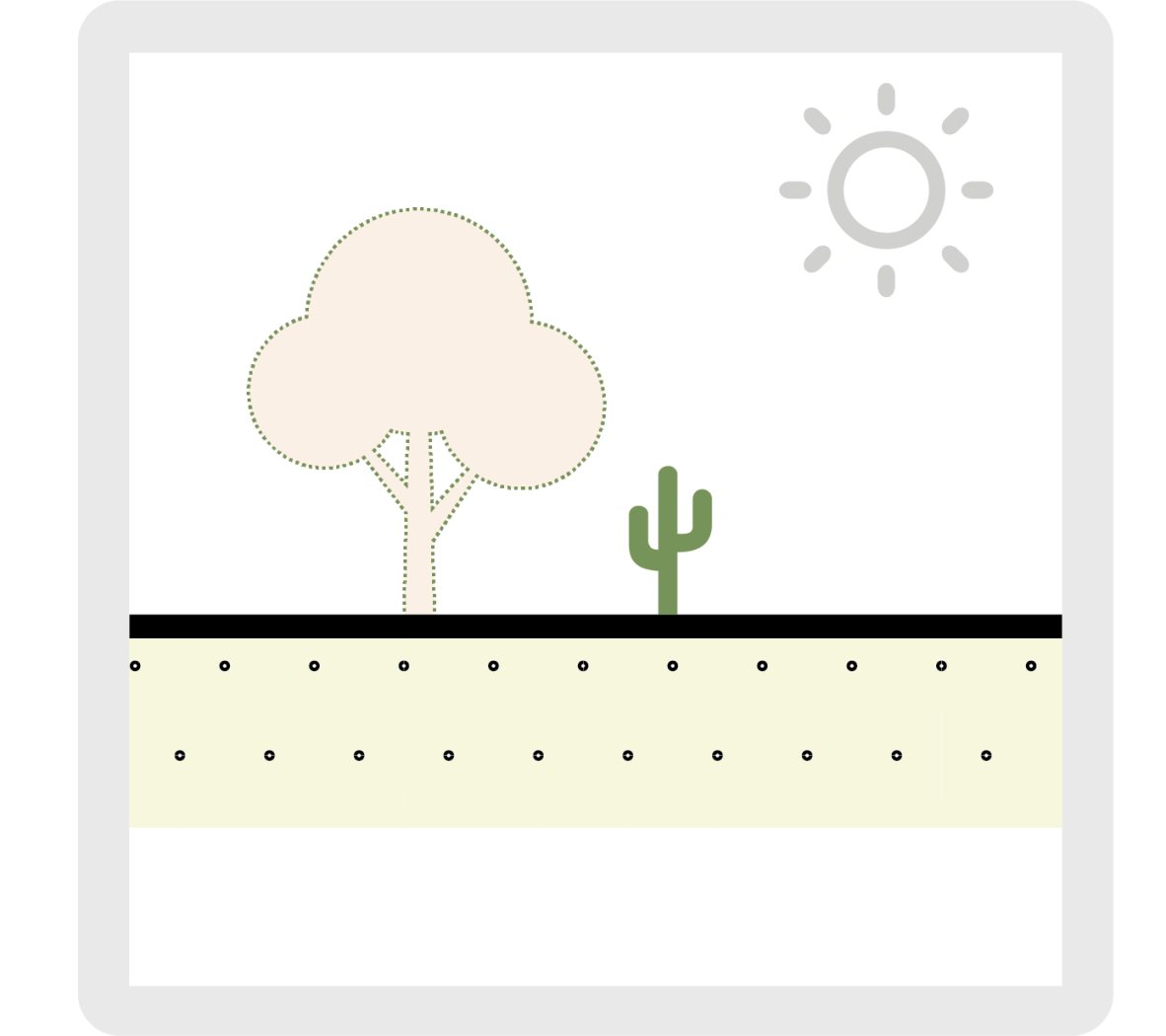
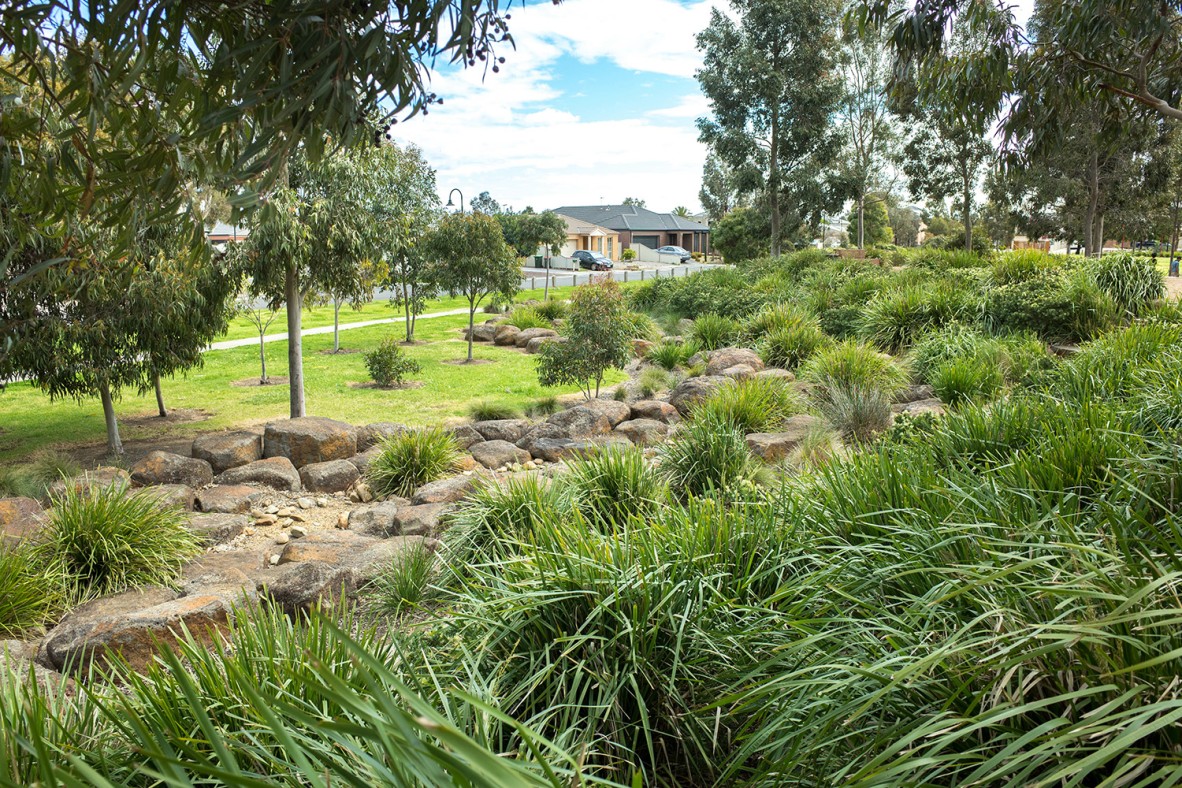
Drought-resistant planting
6. Reduce water demand
Water demand can be reduced by implementing water-saving strategies.
Water-efficient fixtures and appliances
Efficient water fixtures and appliances use less water while performing the same function as non-efficient versions. It’s an easy water-saving strategy to implement at home.
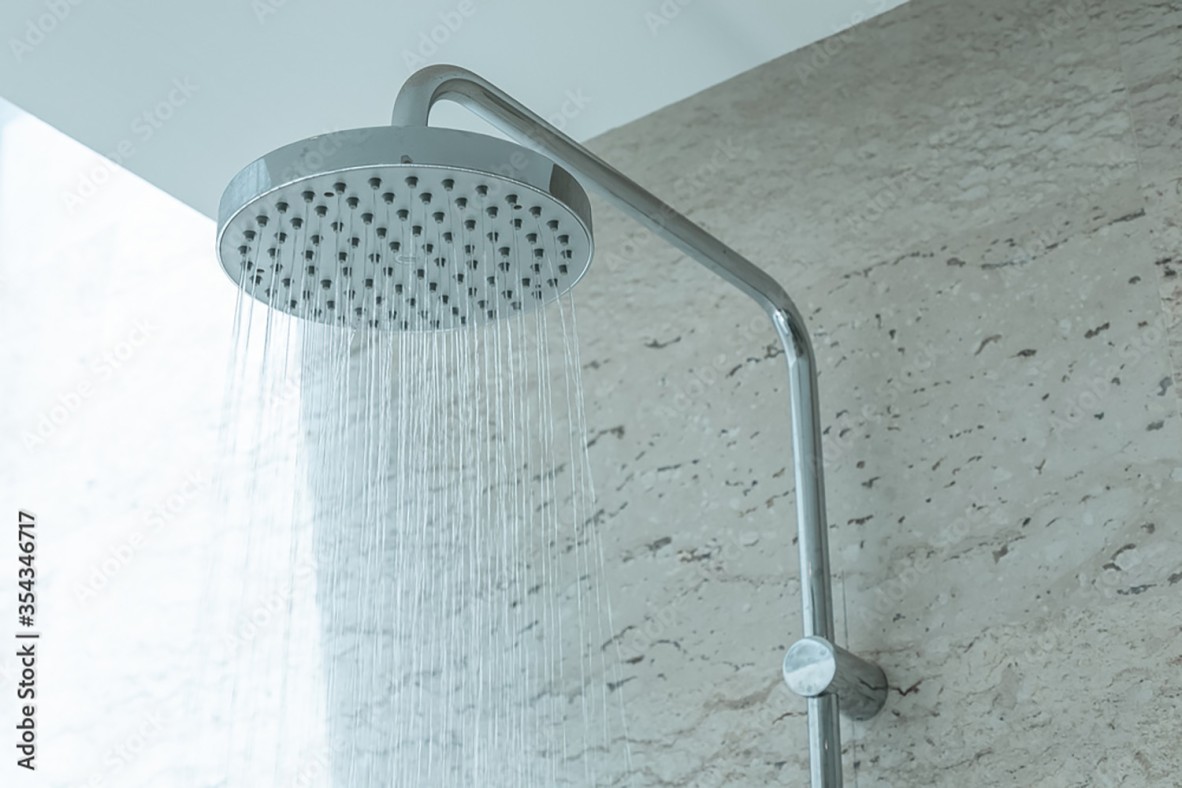
Water-efficient shower head
Circular showers
Circular showers have an instant treatment system that allows hot water to be reused during the shower. The water drains into a filtration system where it is treated and purified before being recycled back into the showerhead. This saves 90% of water and 80% of energy used while showering.
Smart irrigation systems
Smart irrigation systems tailor watering schedules and run times automatically to meet specific landscape needs depending on the weather forecast. These controllers significantly improve outdoor water use efficiencies.
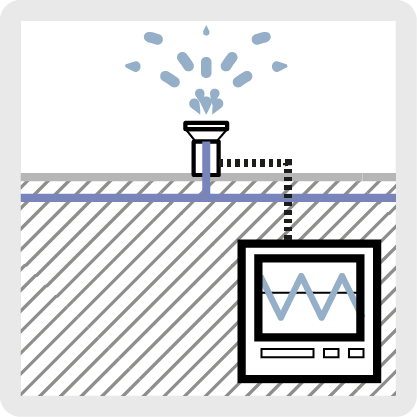
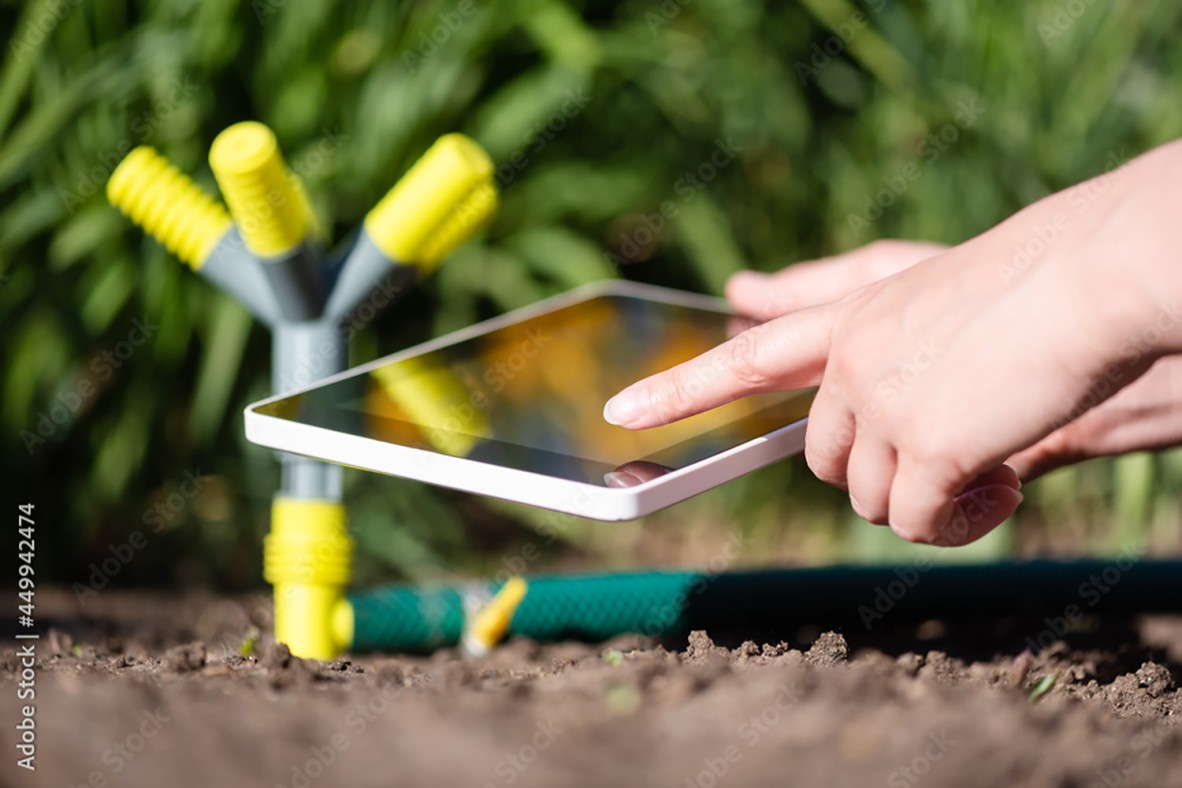
Smart irrigation system
Instant hot water systems
Instant hot water systems save water by reducing the amount of water that is wasted while waiting for hot water to arrive at the faucet or showerhead.
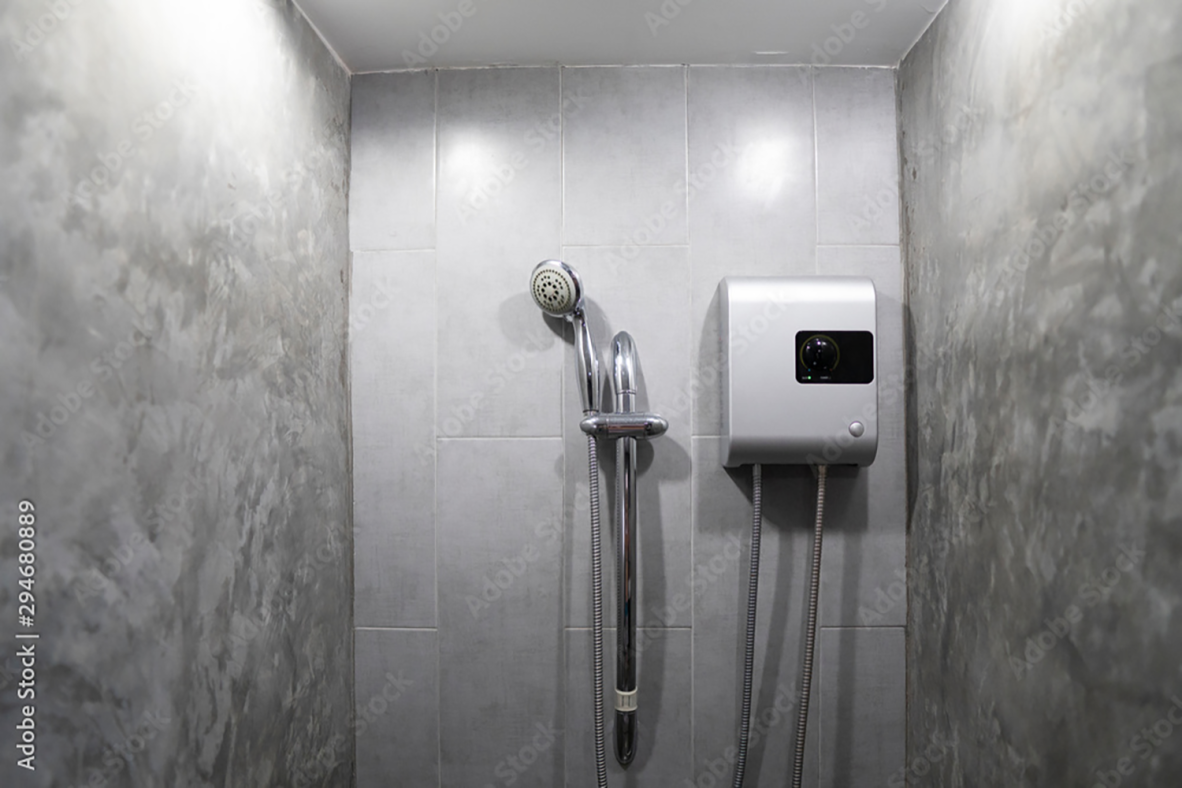
Instant hot water system
7. Reuse water
Water reuse refers to the practice of treating and reusing water, often on the same property where it is generated. Water reuse can help conserve water resources, reduce the strain on municipal water supplies, and provide a reliable source of water for certain uses. It can also help reduce the
cost and energy required to transport and treat water, and can provide a sustainable solution for managing water in areas with limited water resources or inadequate infrastructure. Water reuse is a more reliable strategy than local harvest during droughts, and it is often referred to as a solution for climate-proofing cities. However, careful consideration must be given to the treatment technologies and management practices used to ensure the safety and quality of the reused water.
Greywater reuse
Water drained from showers, bathtubs, bathroom sinks, and washing machines can be treated for landscape irrigation, toilet flushing, or industrial processes. Various treatment systems, such as filtration, biological treatment, or disinfection are used to treat water on-site.

Greywater reuse
Cascading water flows
Cascading water flows reduce water demand by reusing water for a demand that needs lower water quality. For example, water running from a sink drain can be collected to be used for flushing toilets.

To learn more about the transformative potential of architectural design, visit Purpose Built. An immersive exhibition consisting of large-scale installations developed with research groups from The University of Queensland’s School of Architecture, Design and Planning.
Comments
Your email address will not be published.
We welcome relevant, respectful comments.